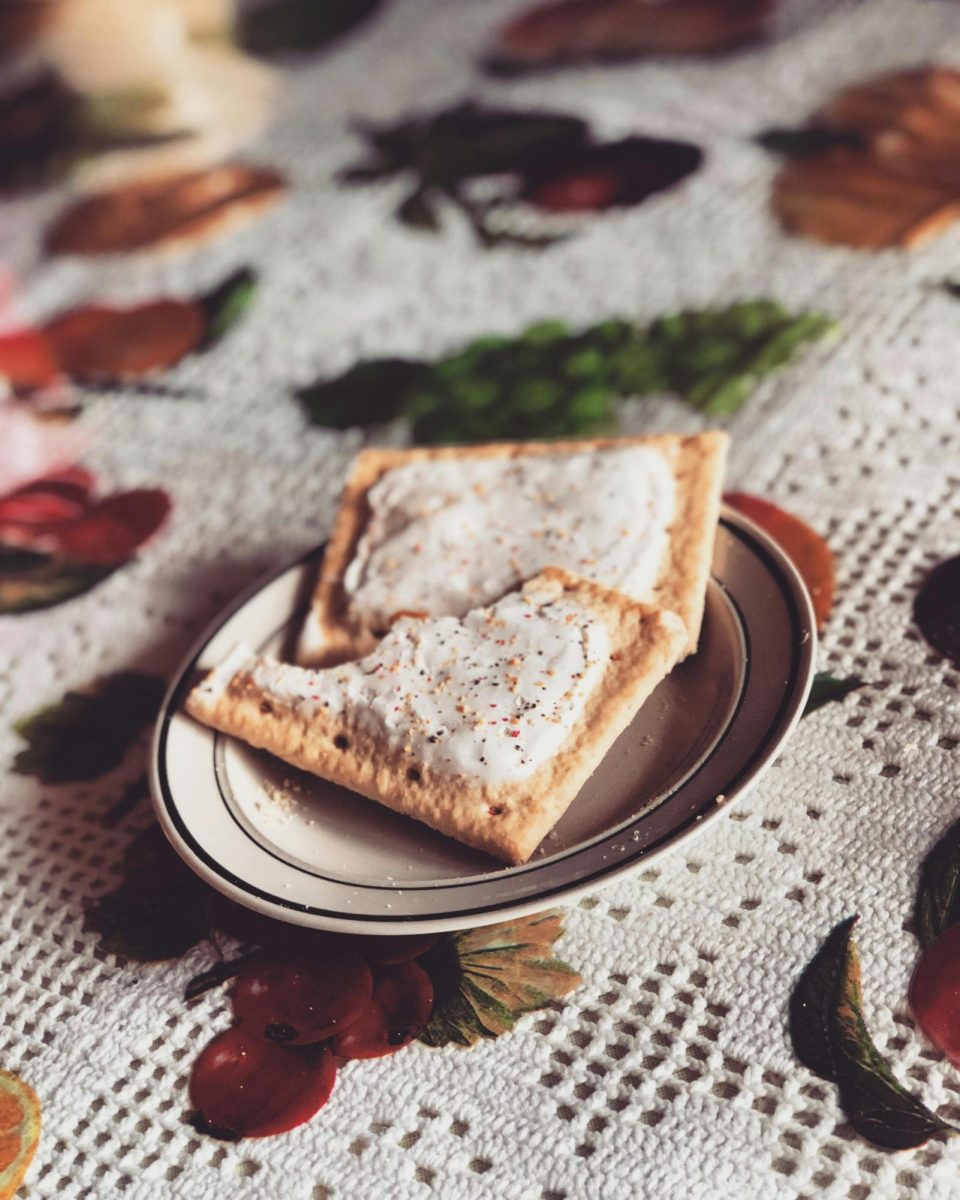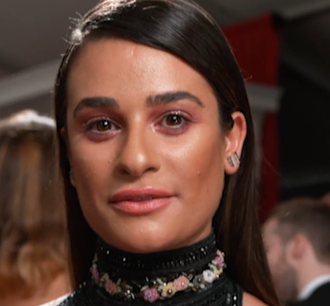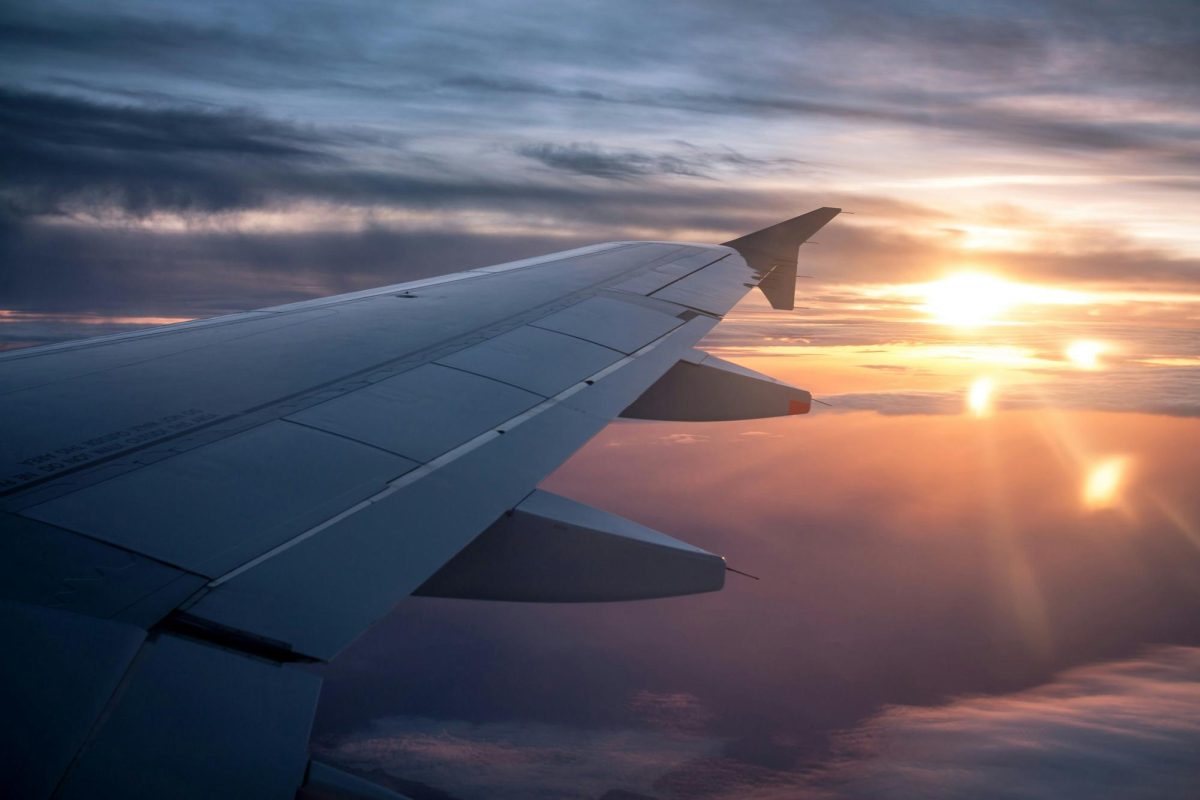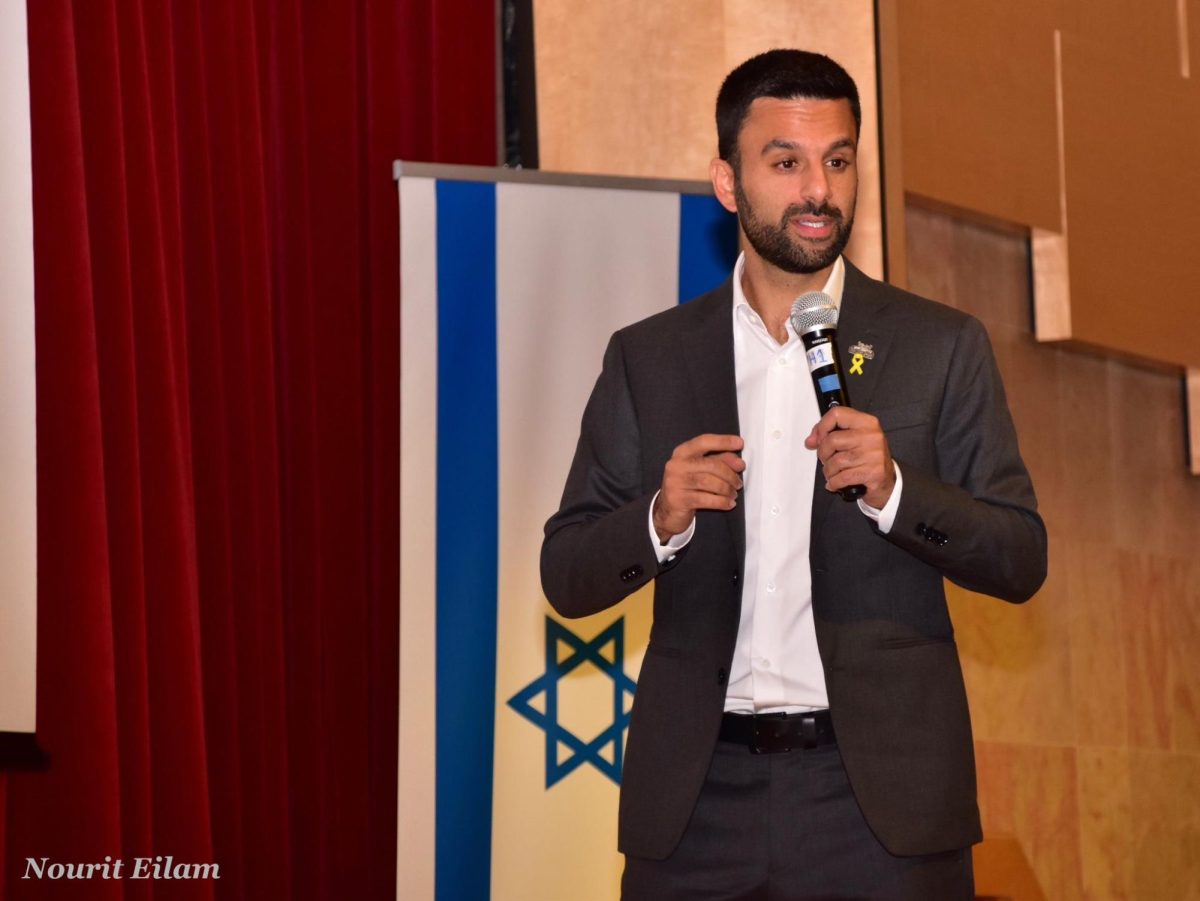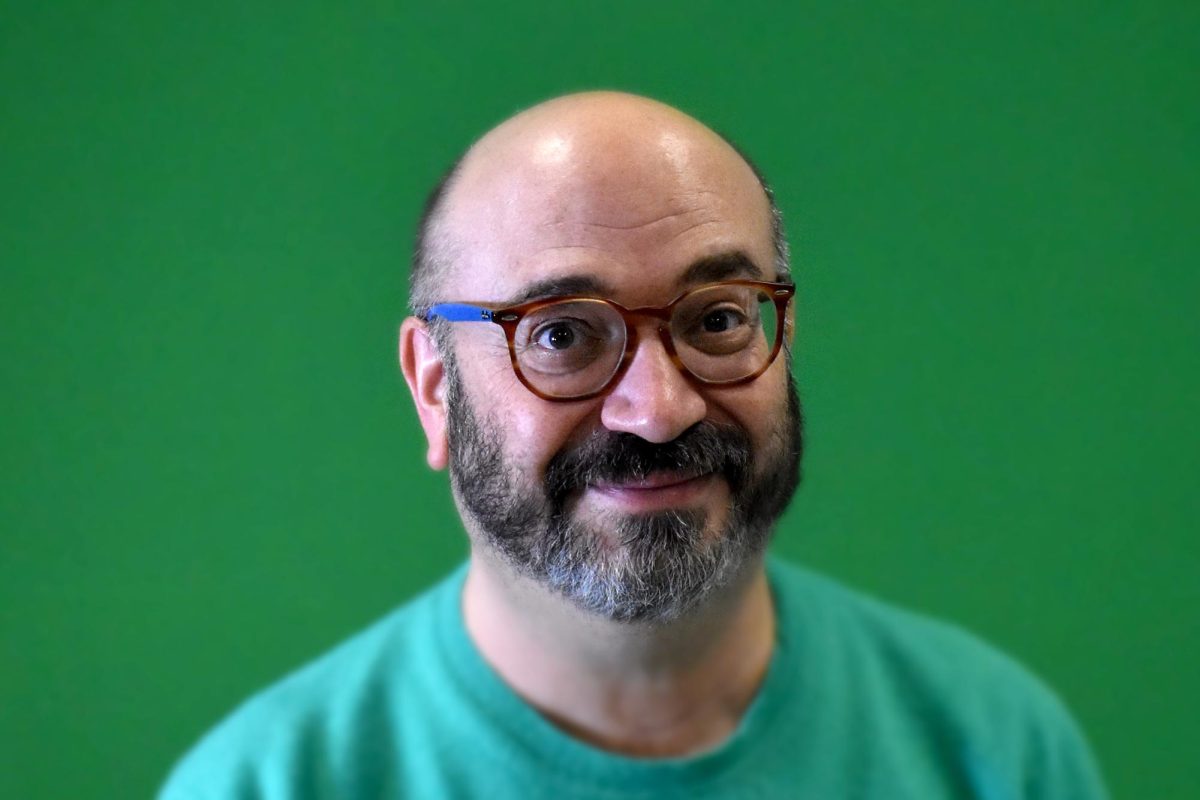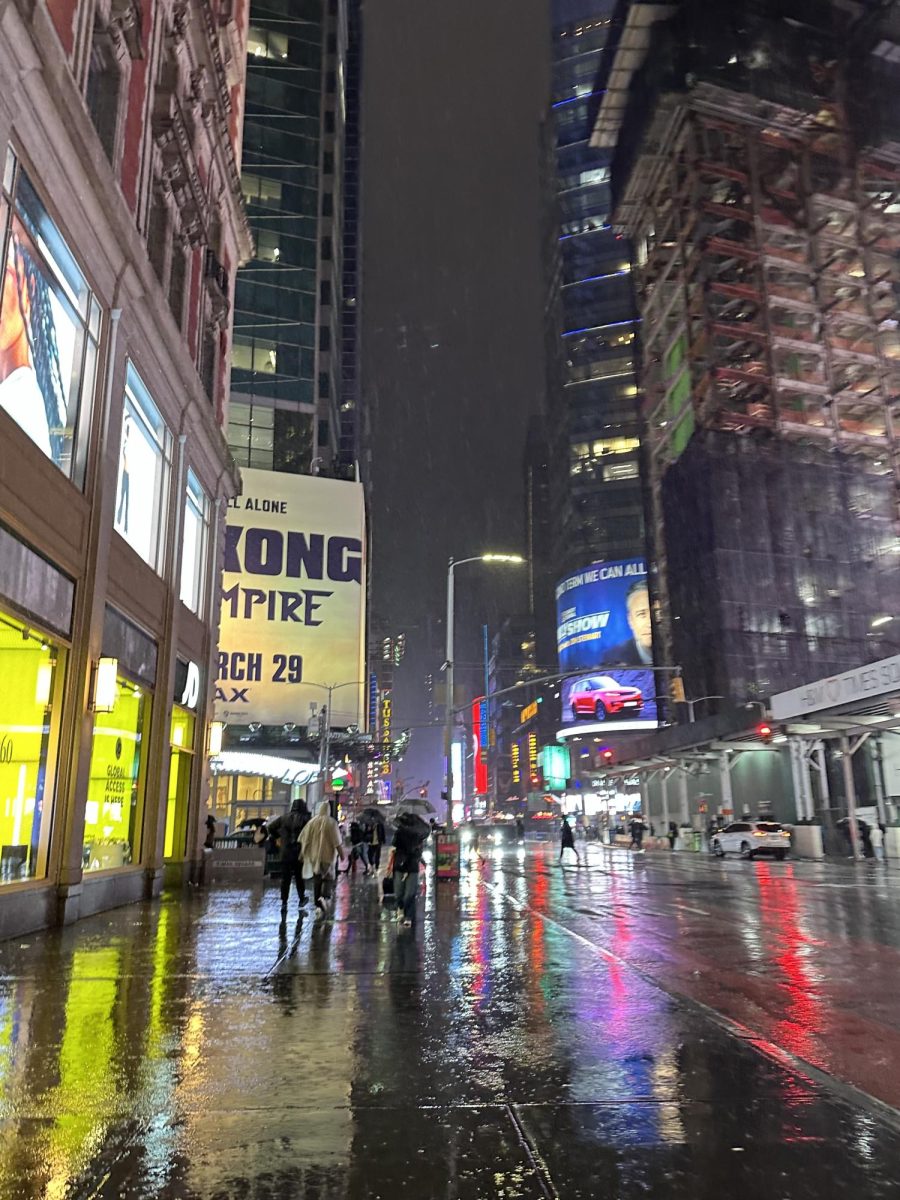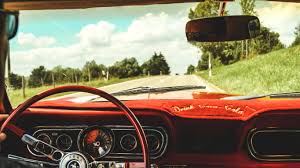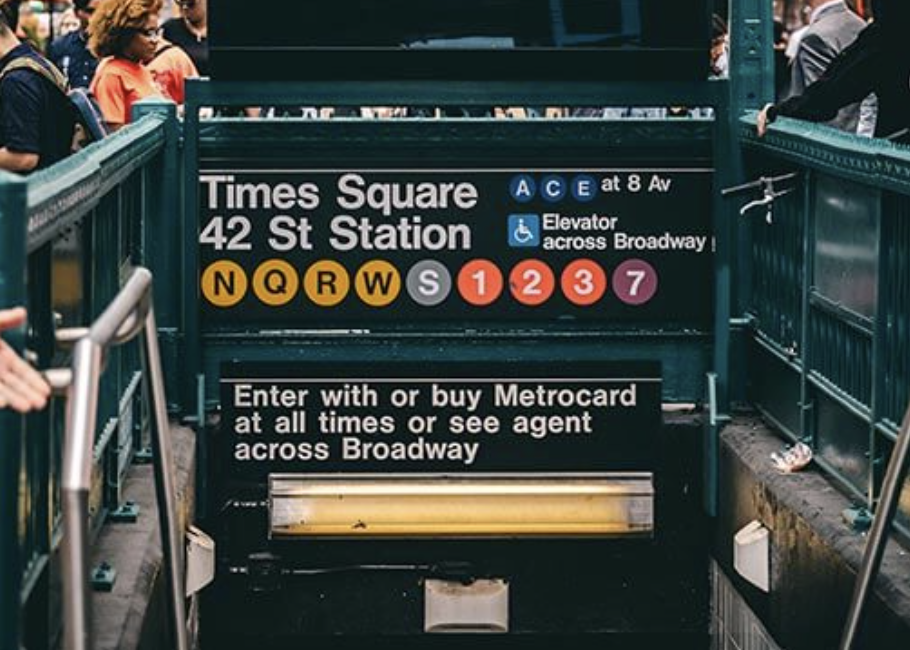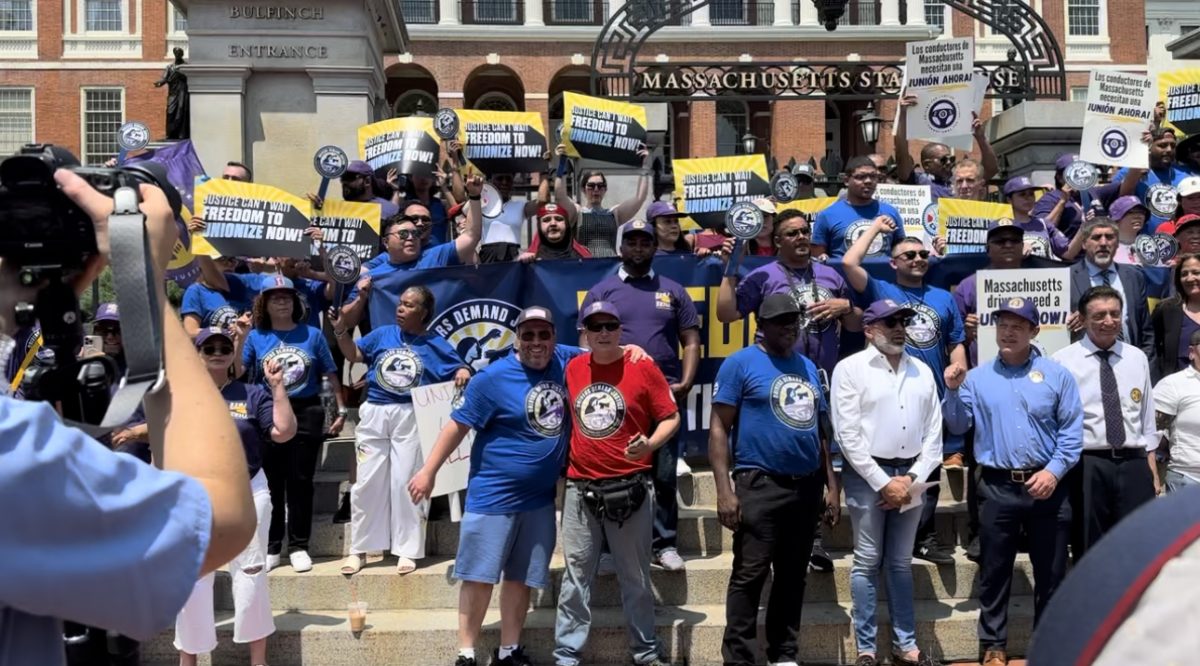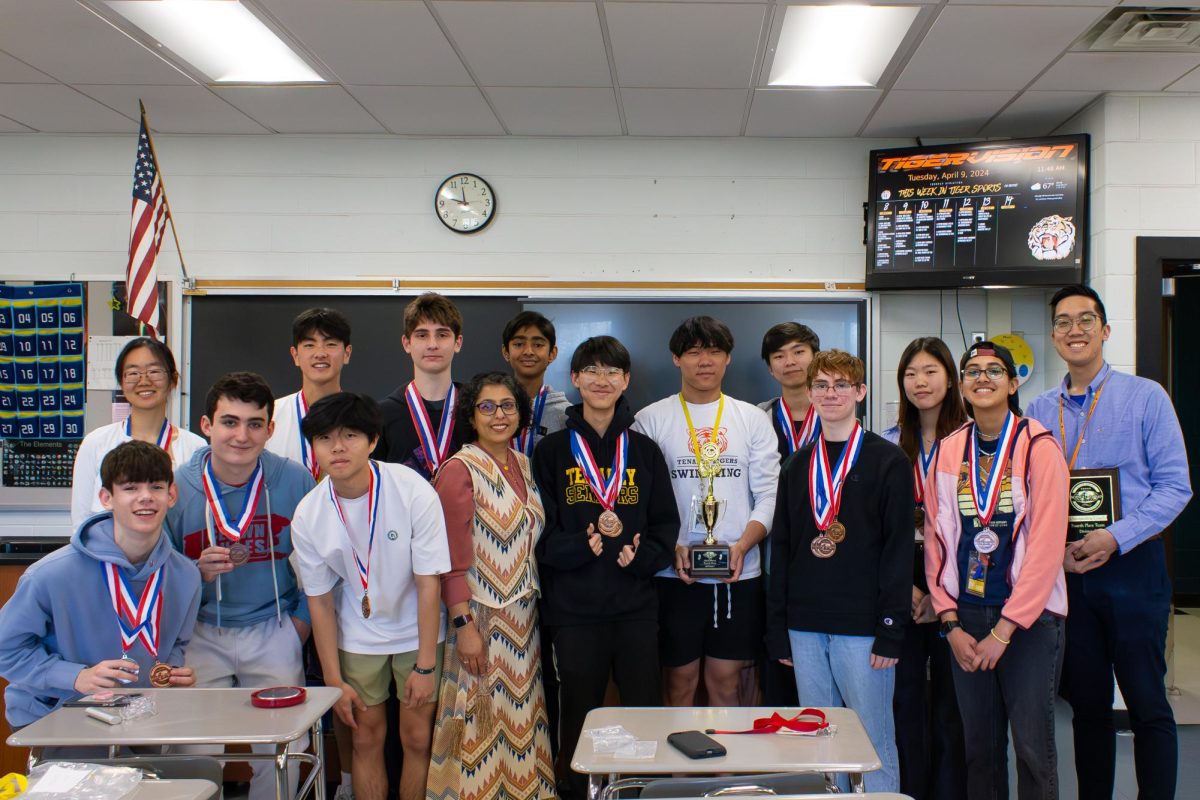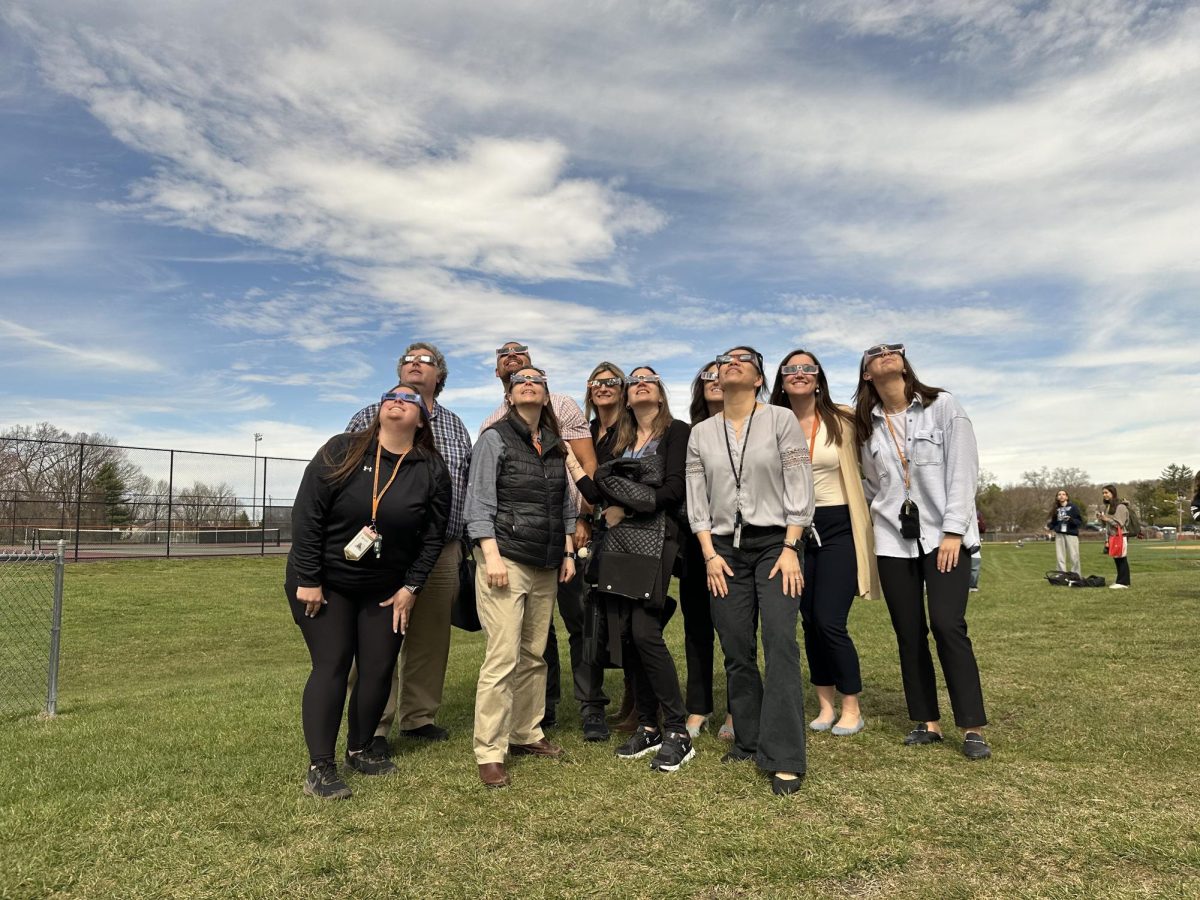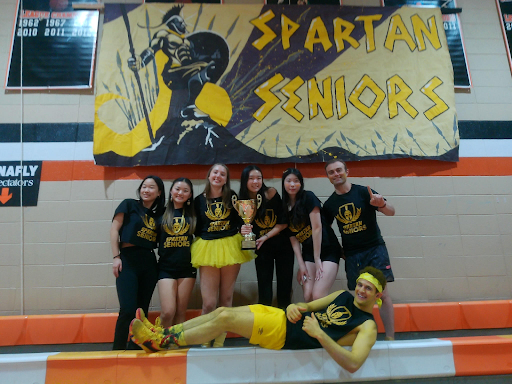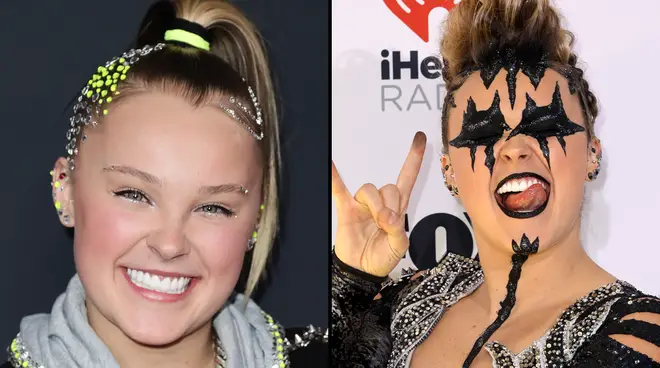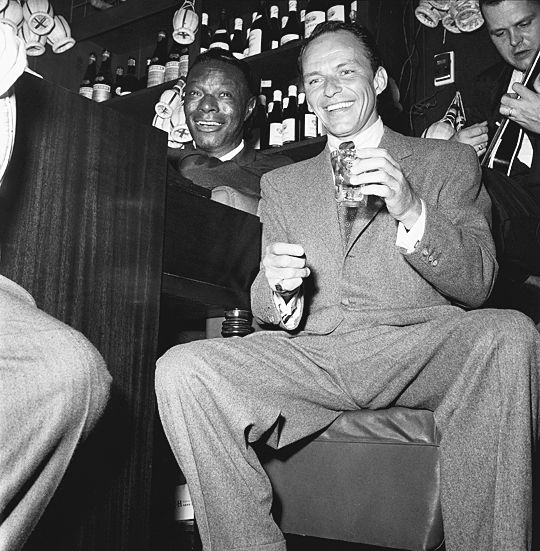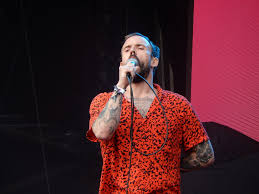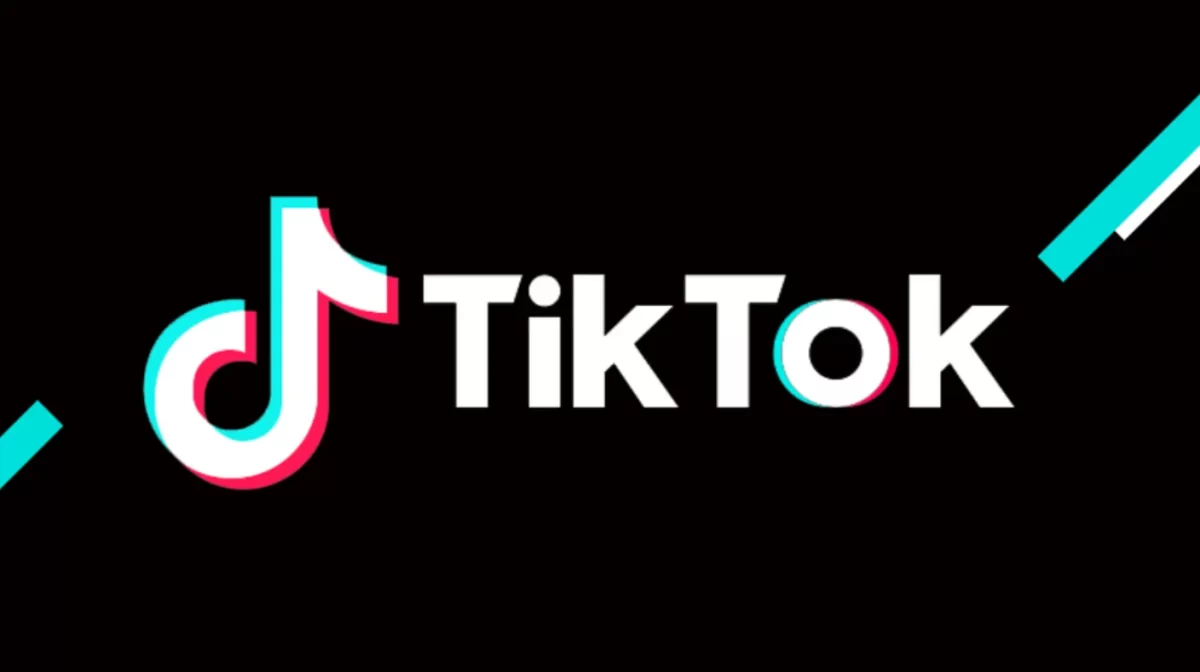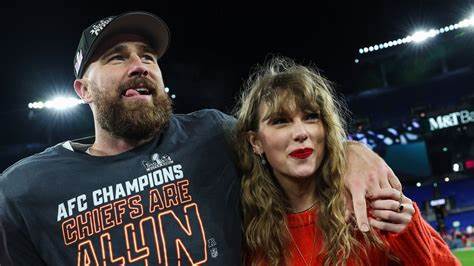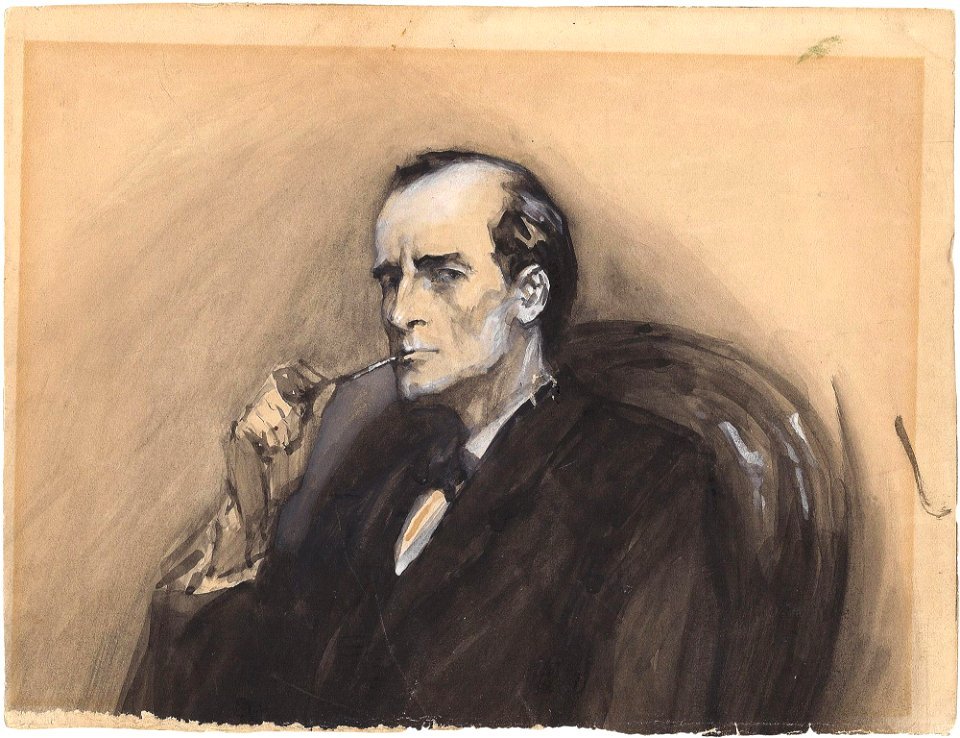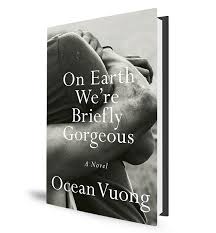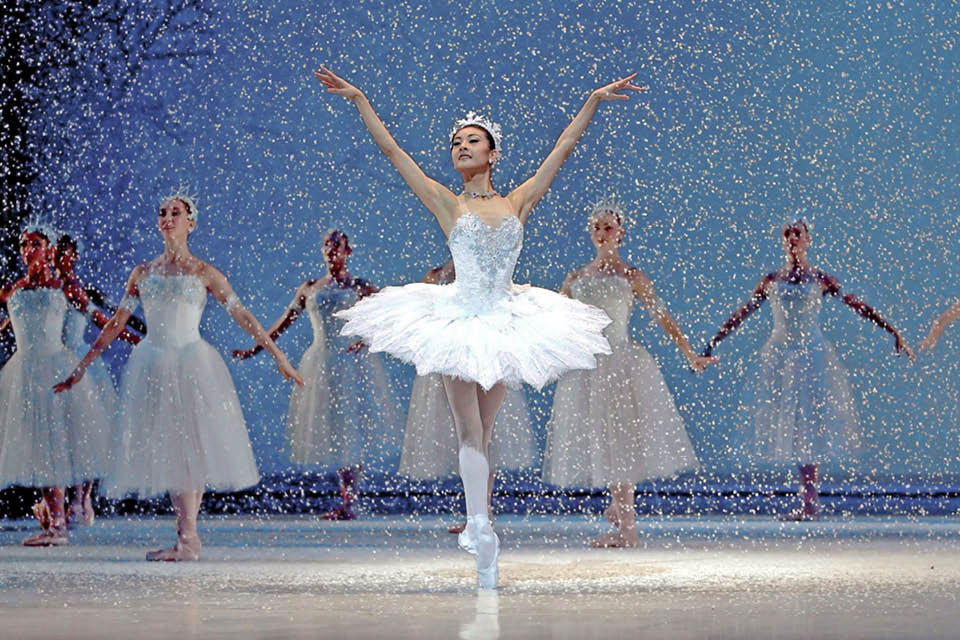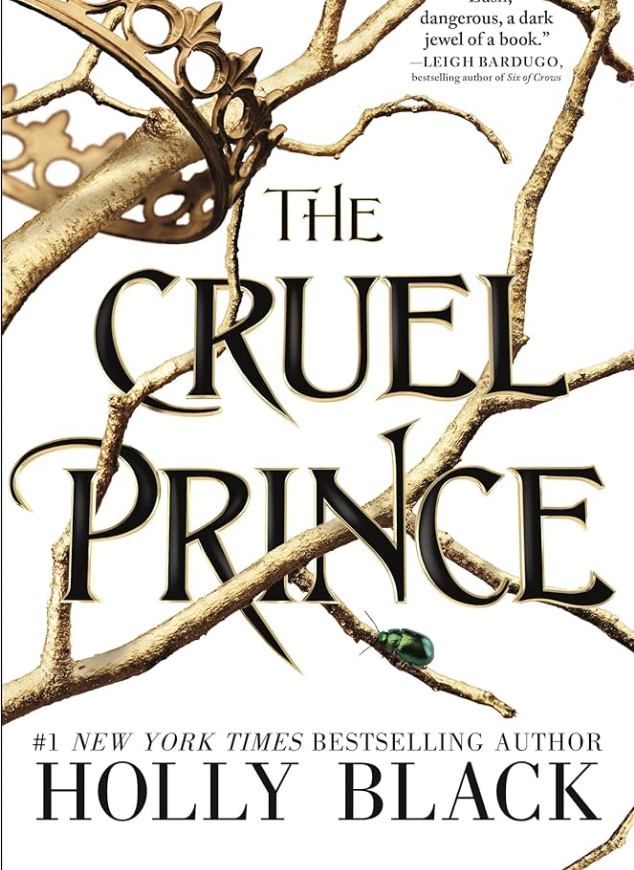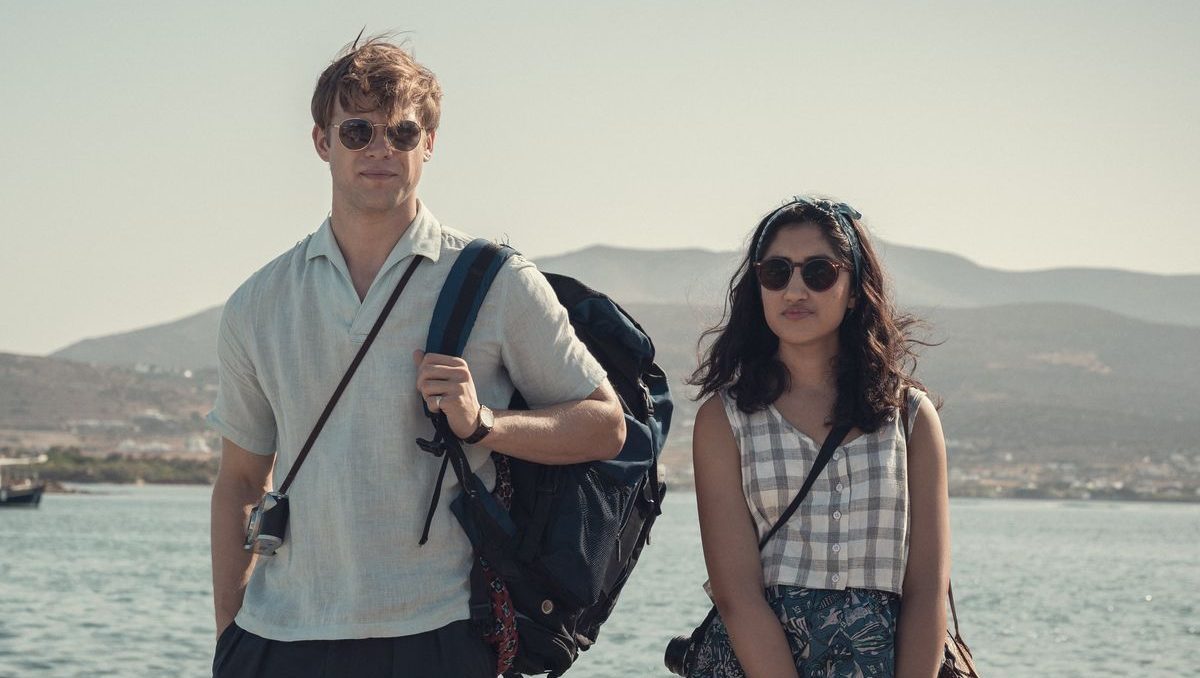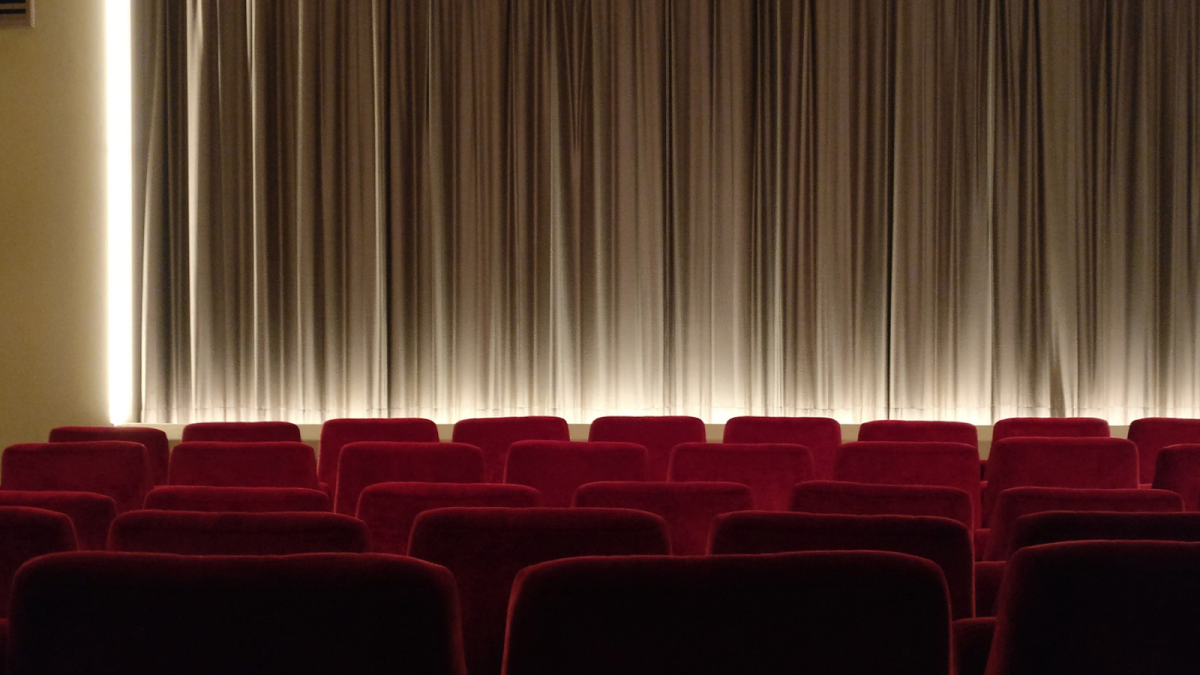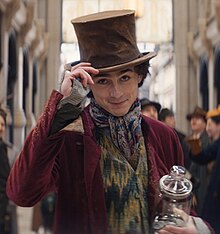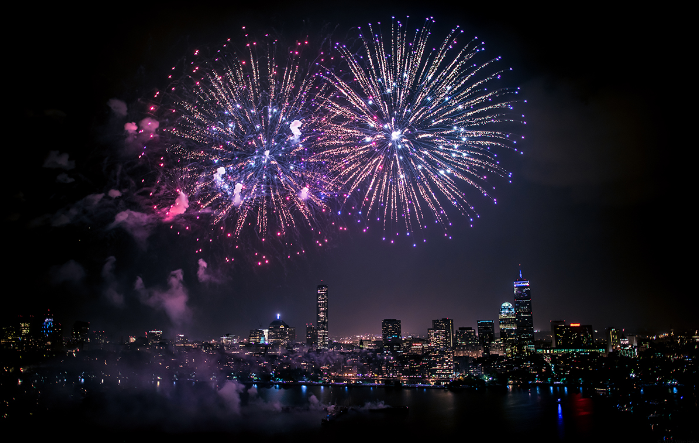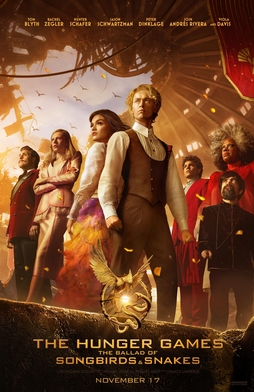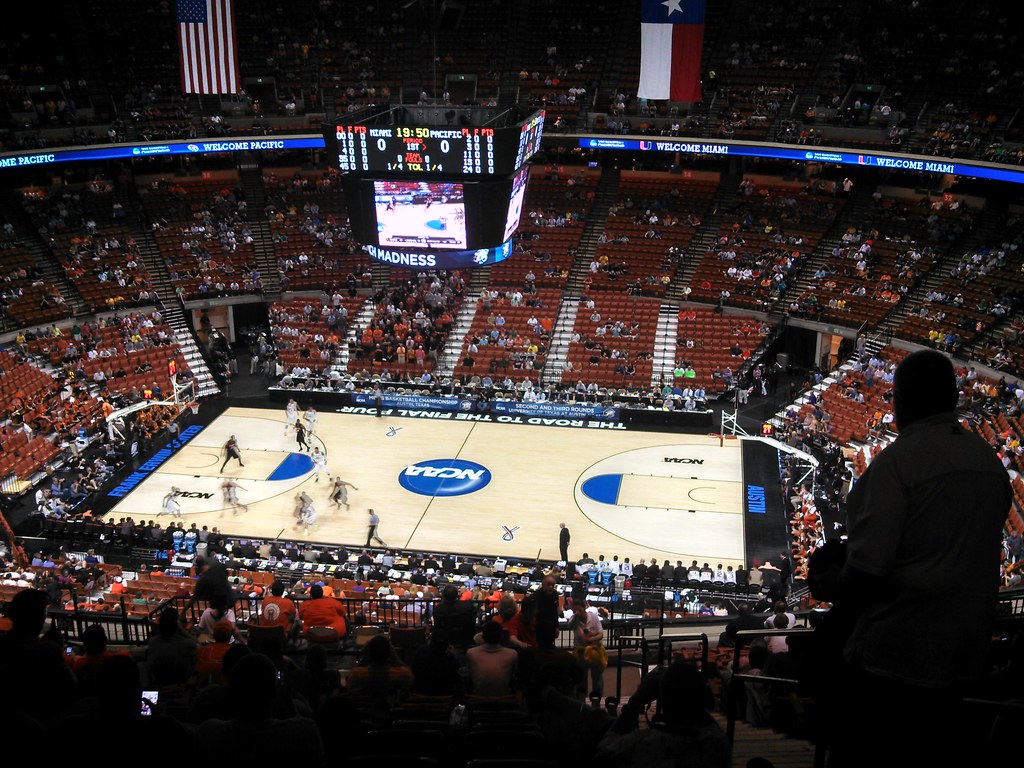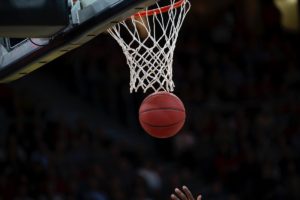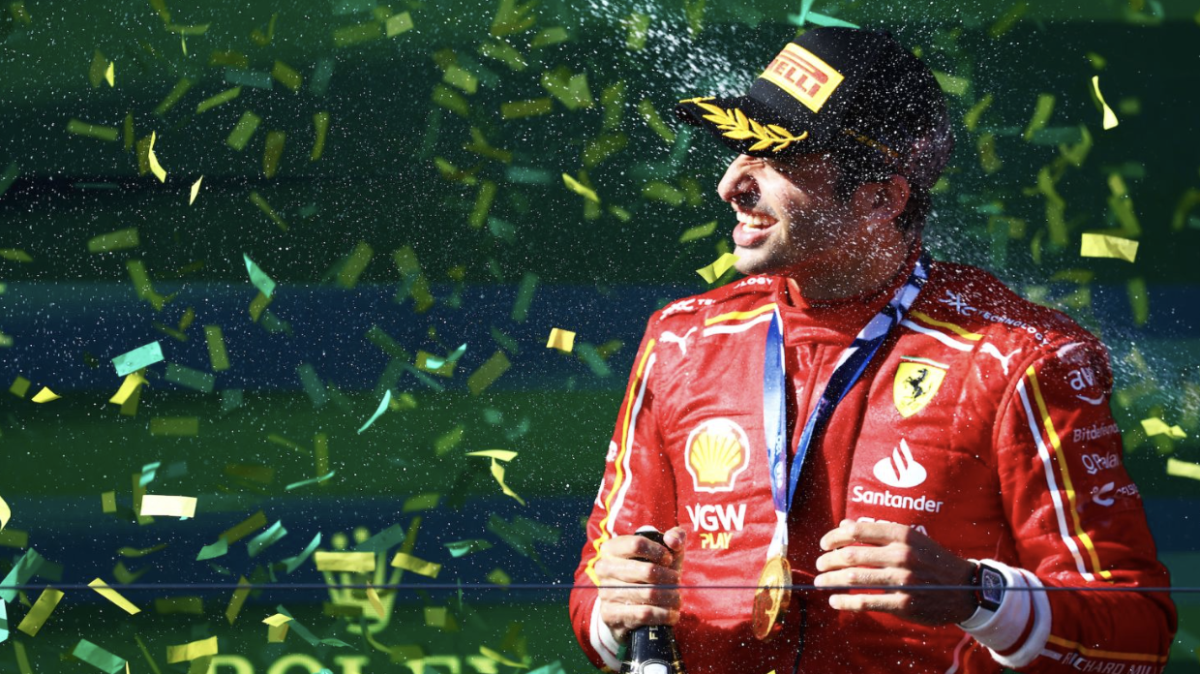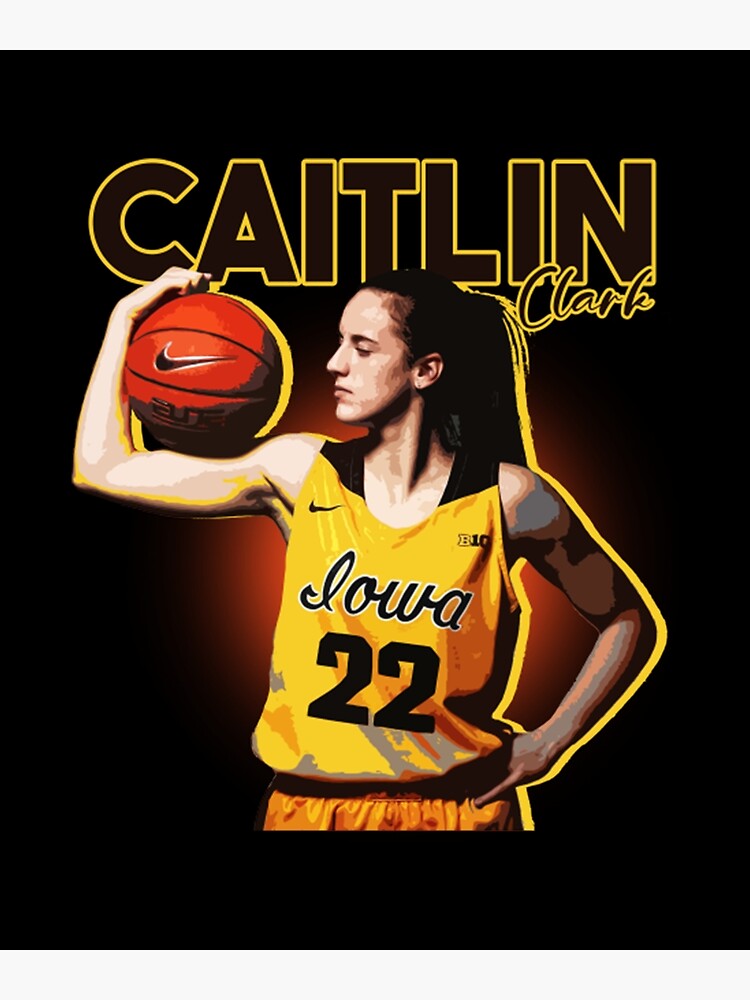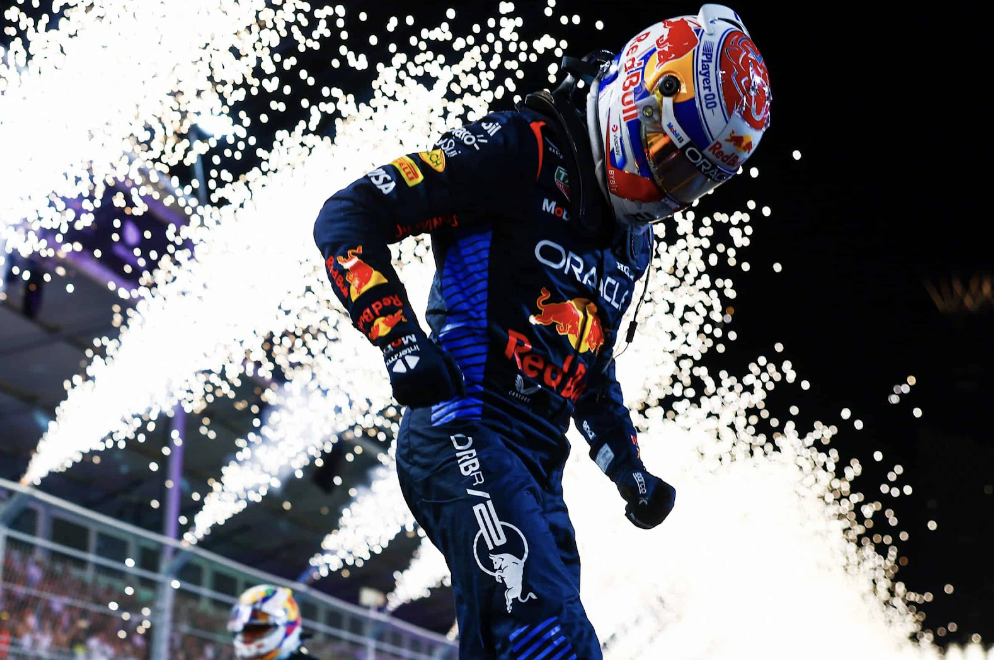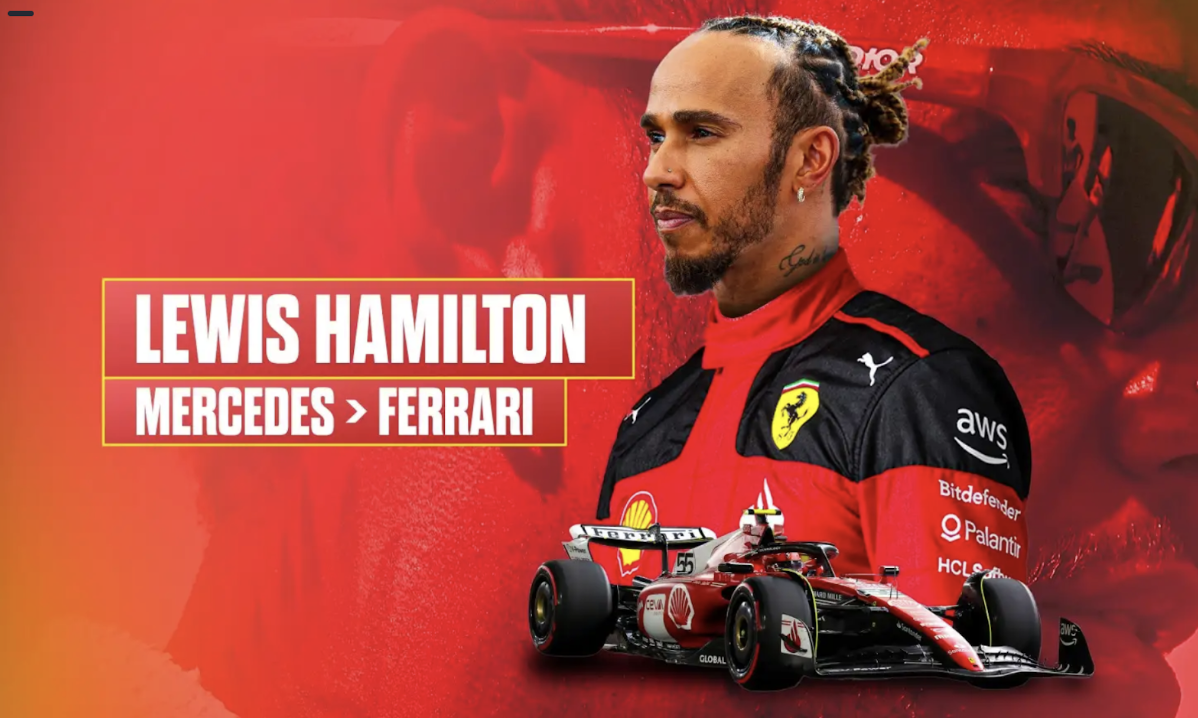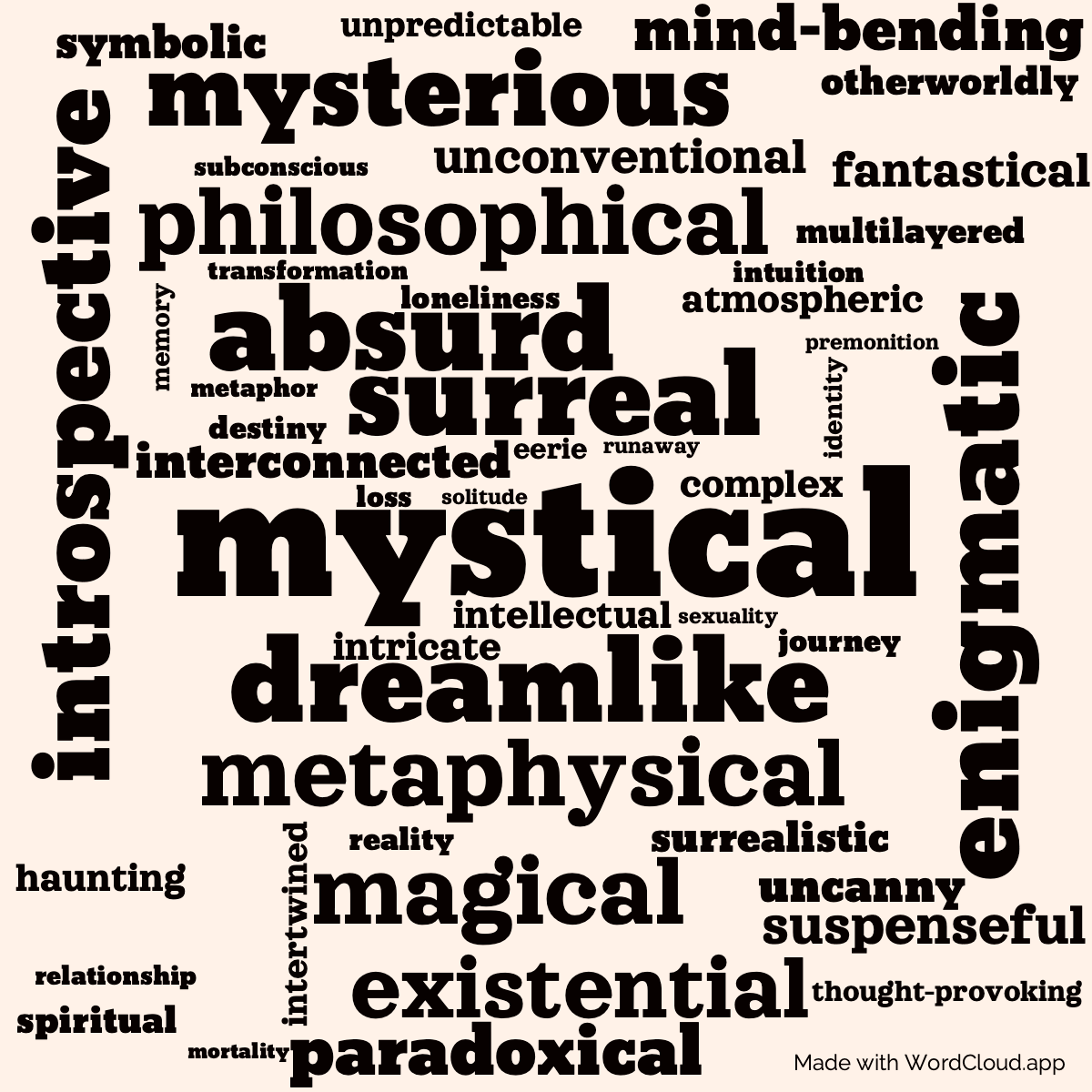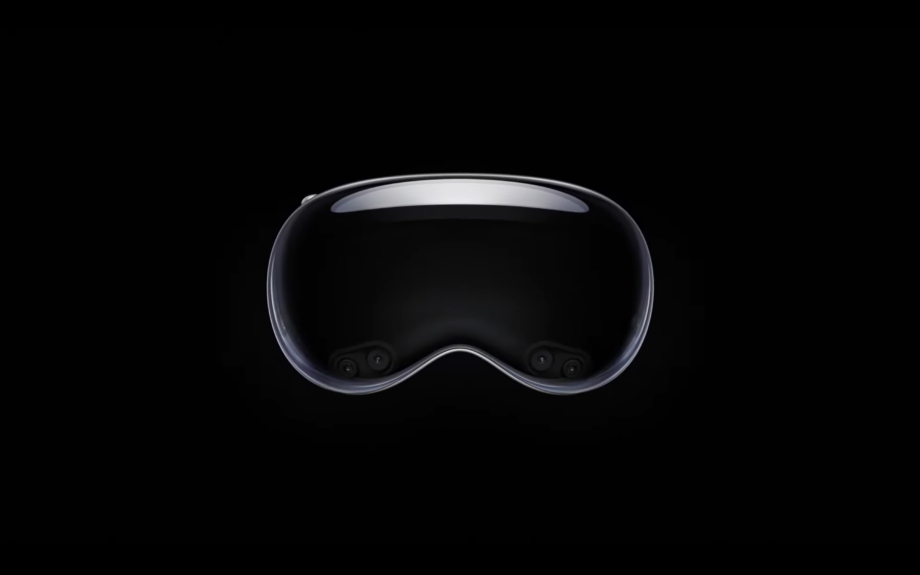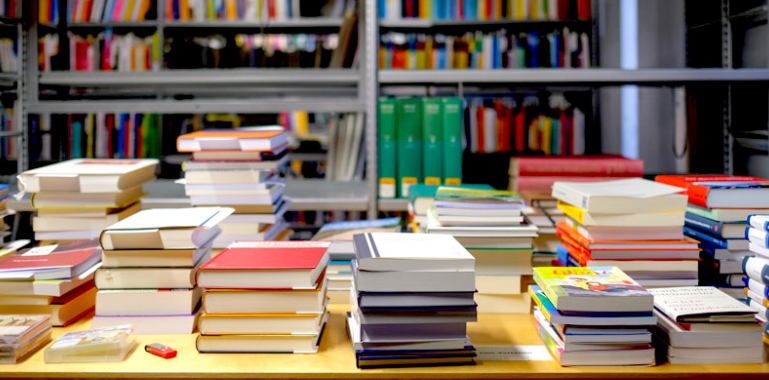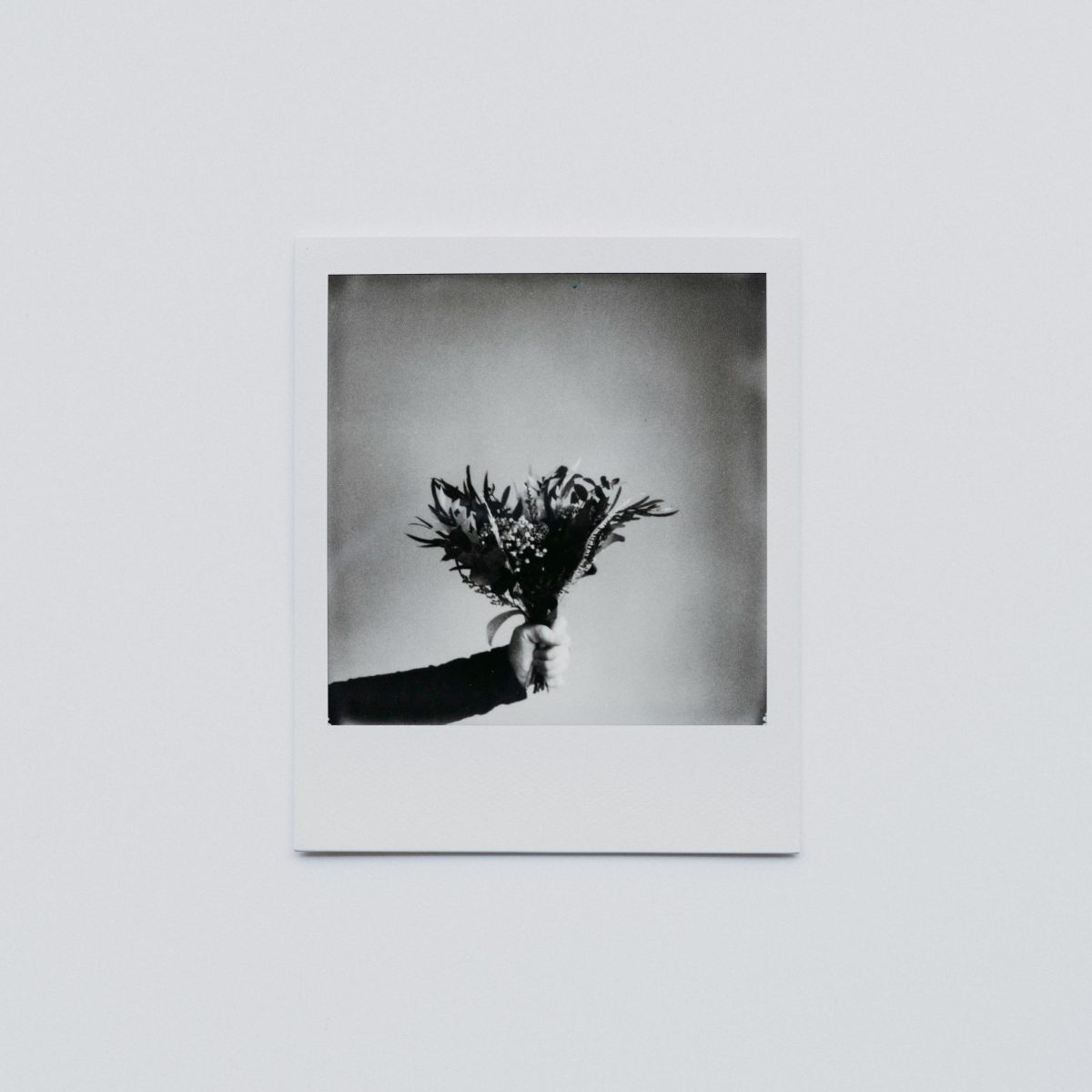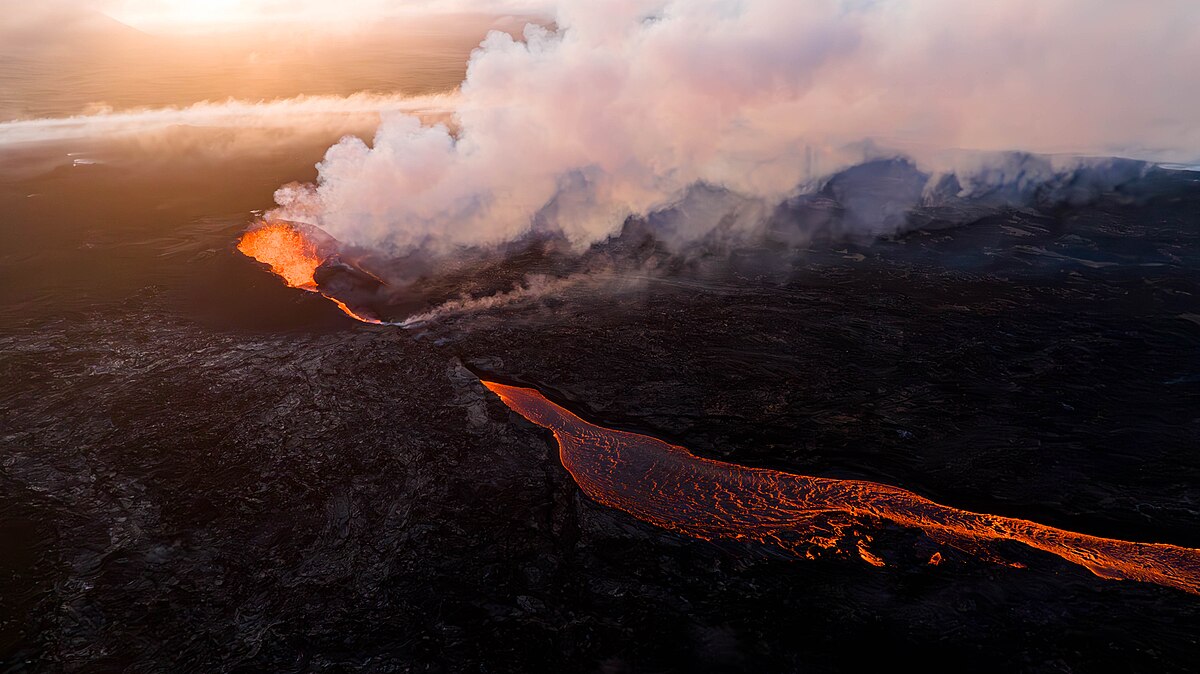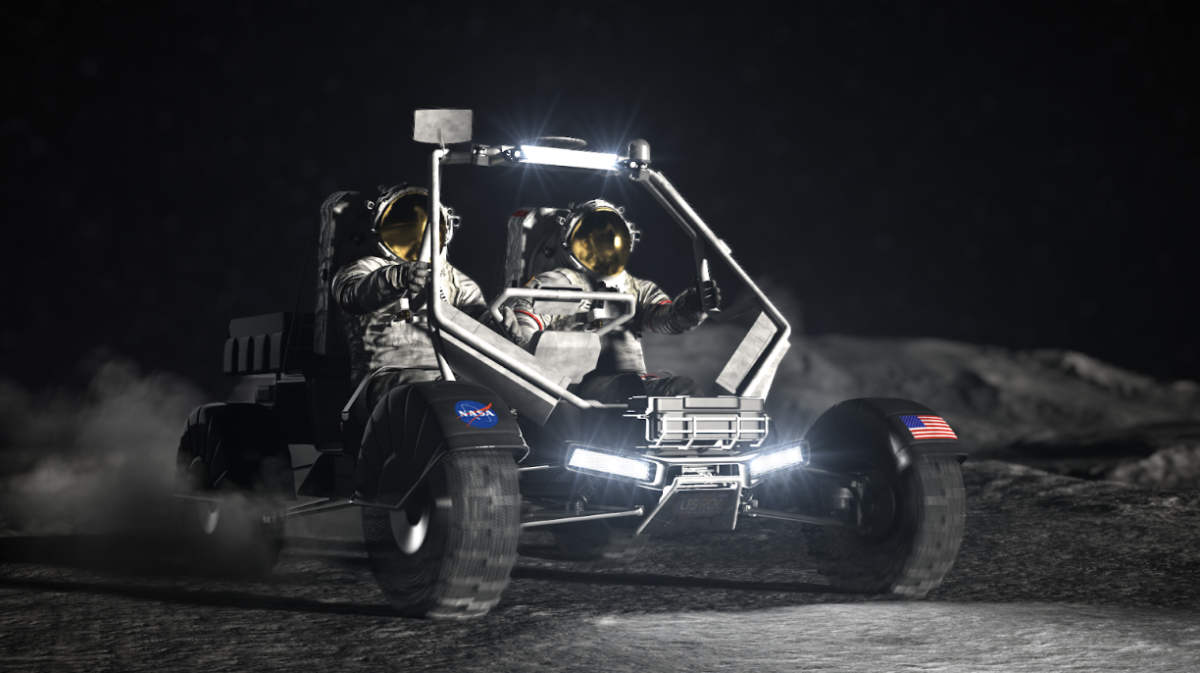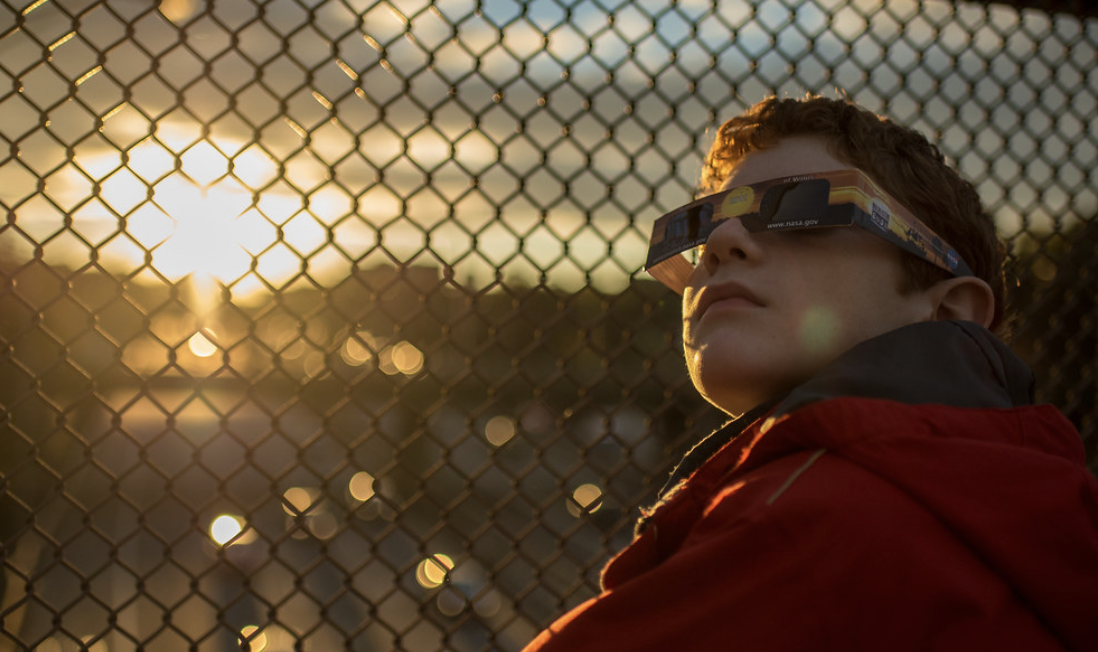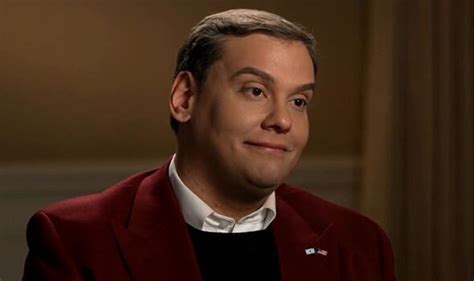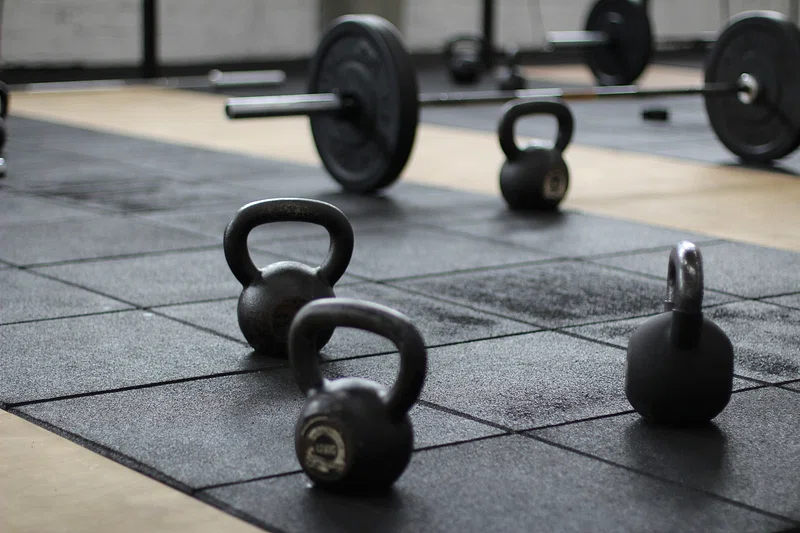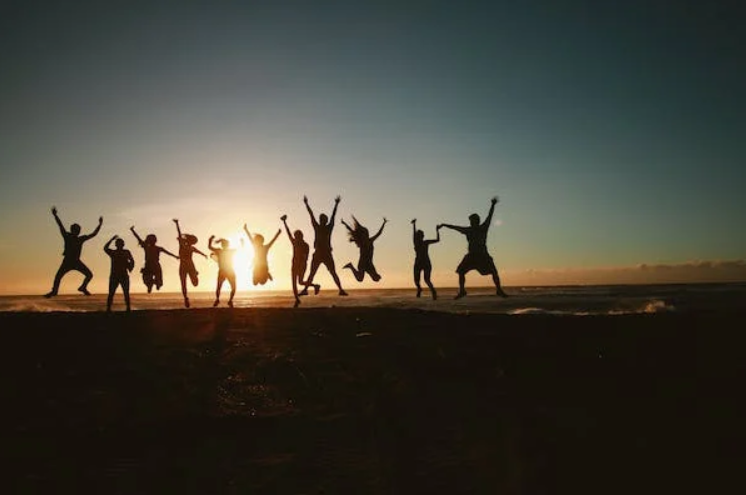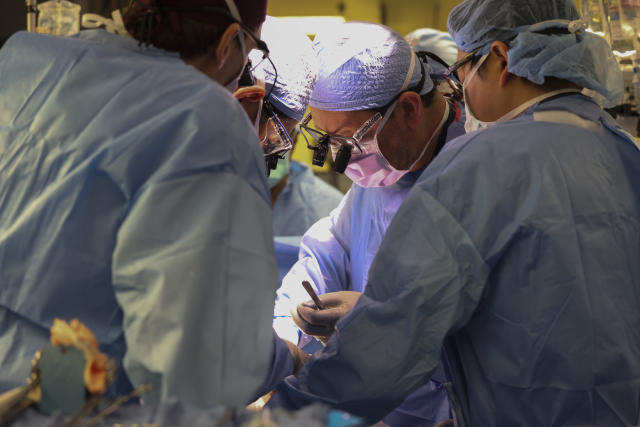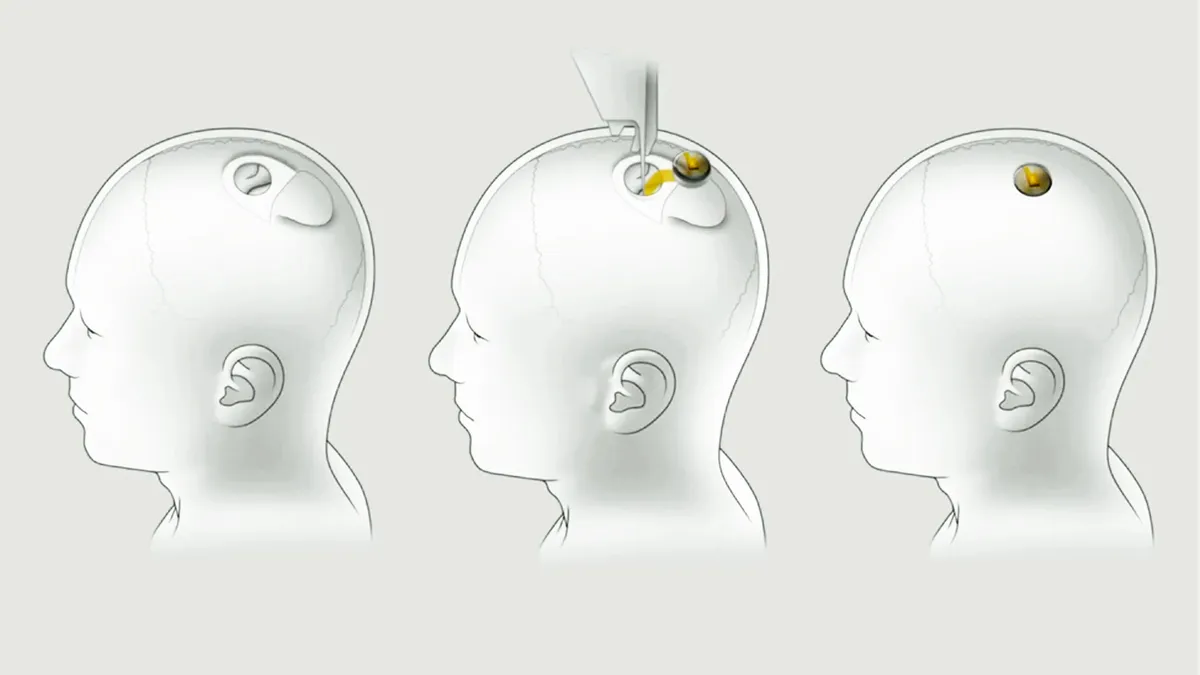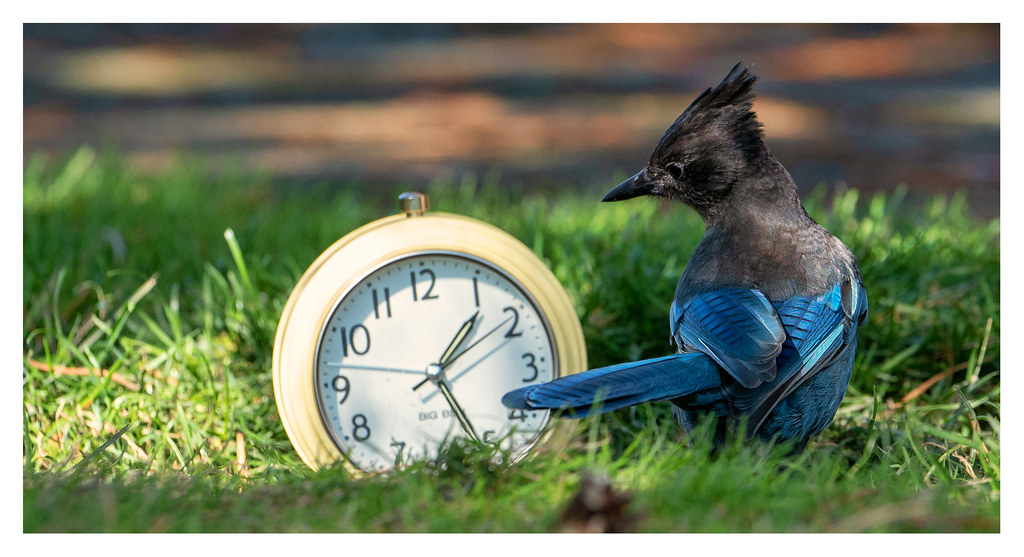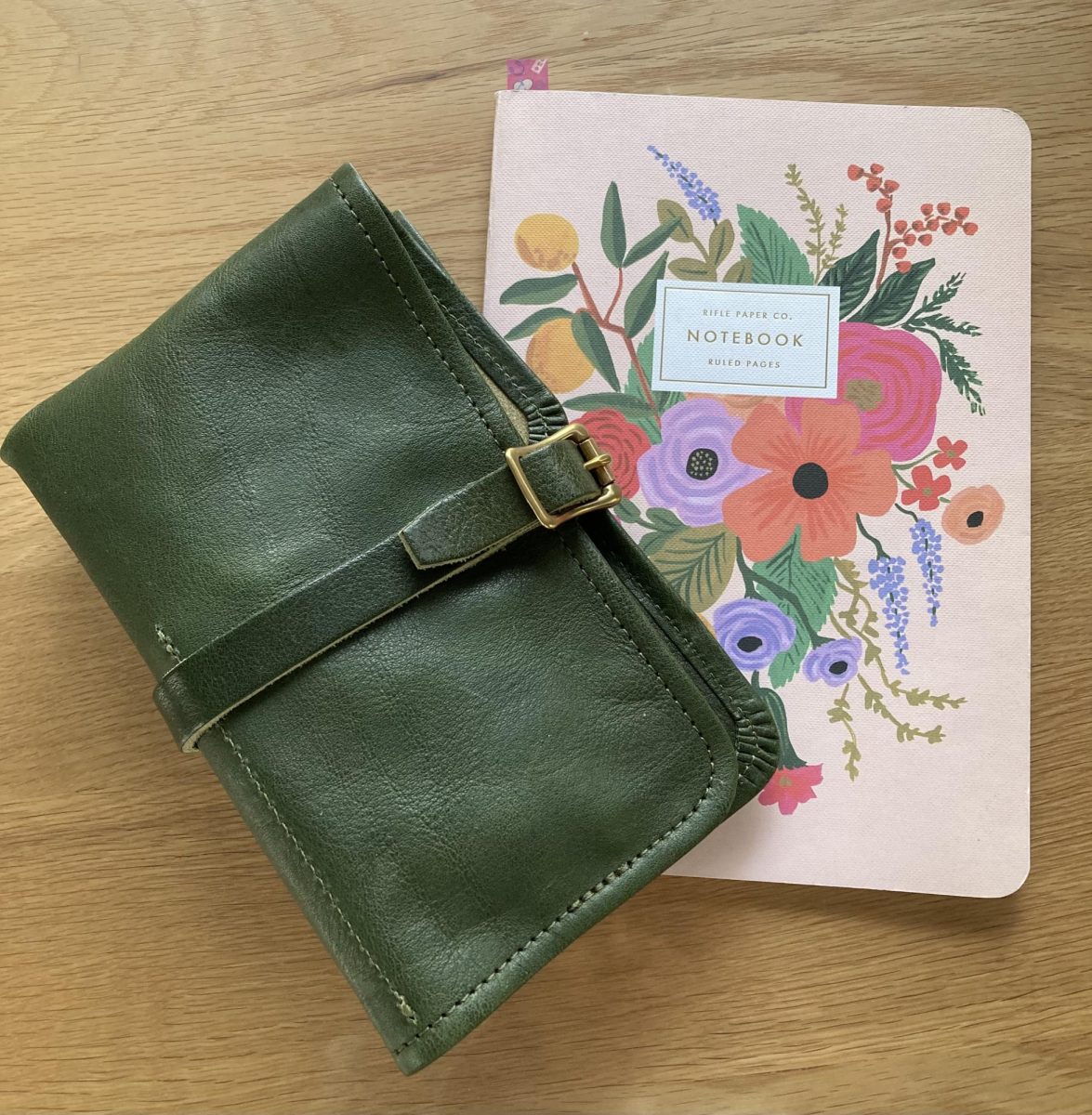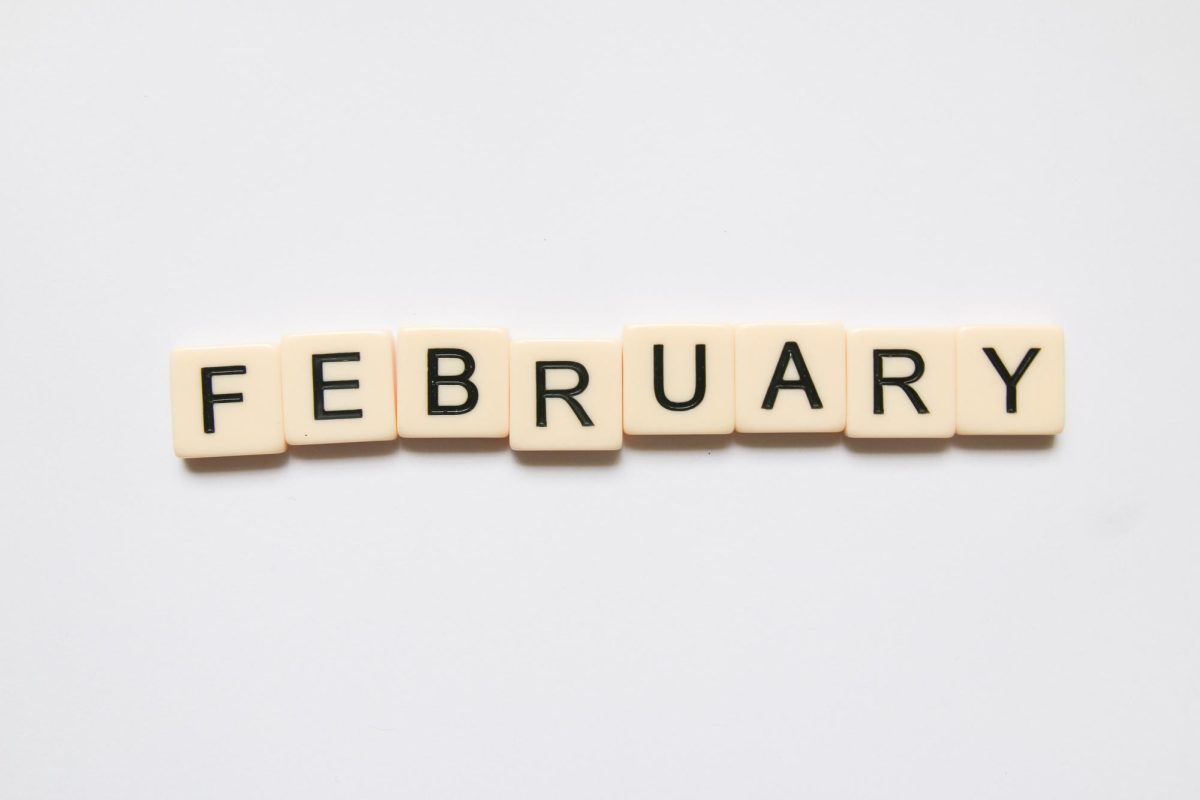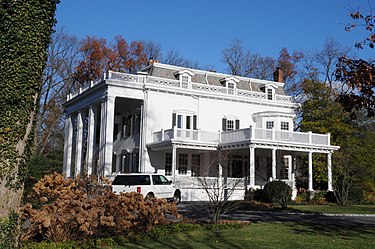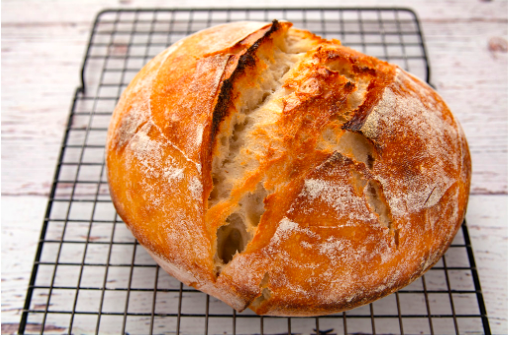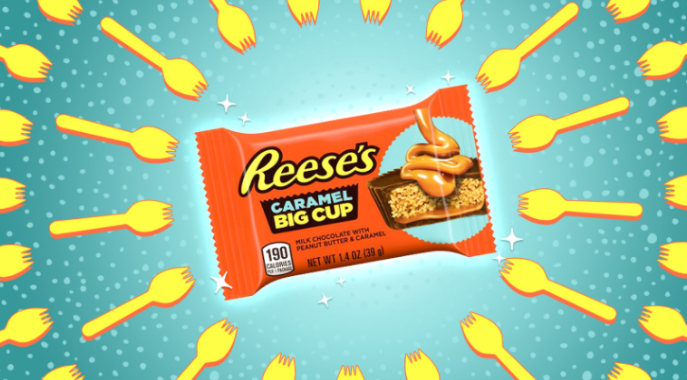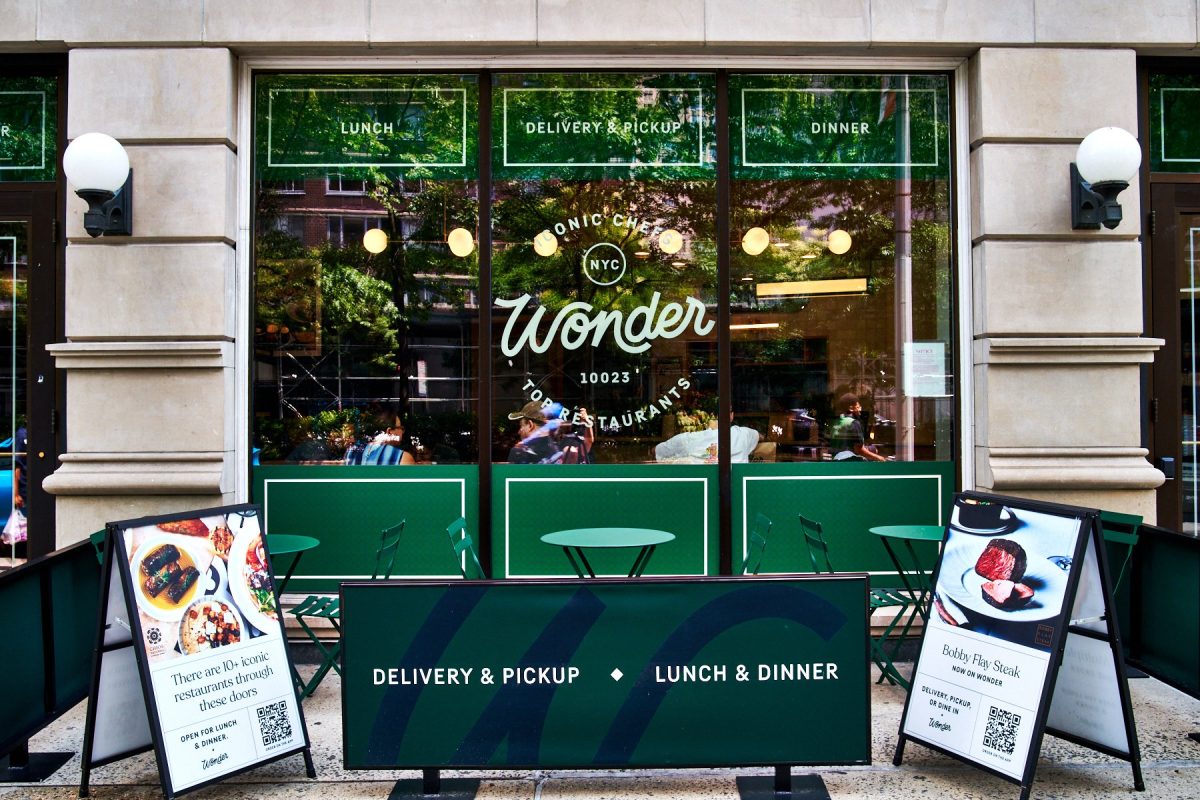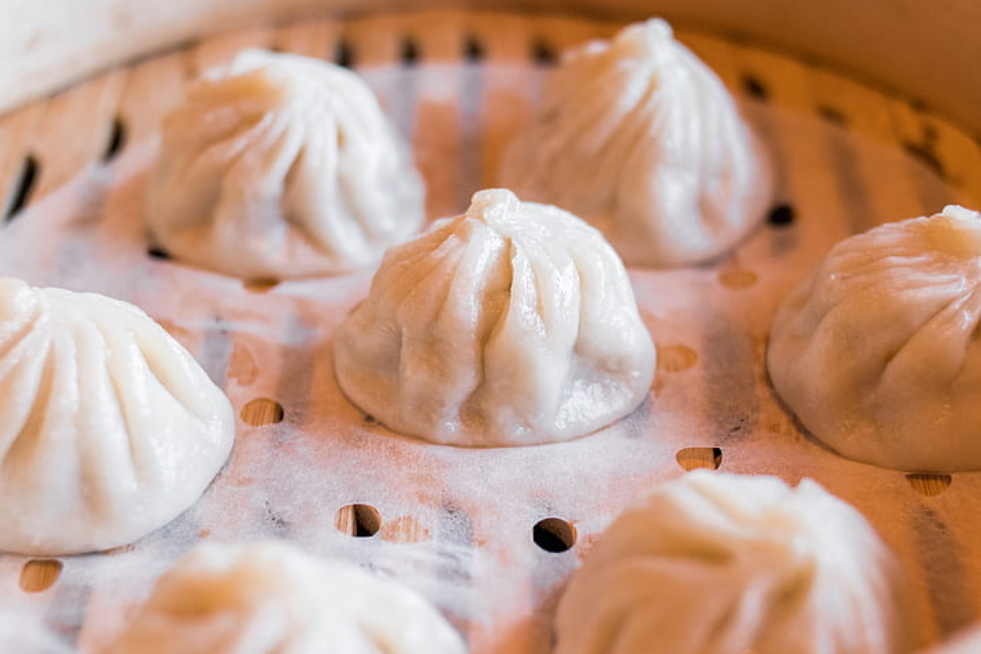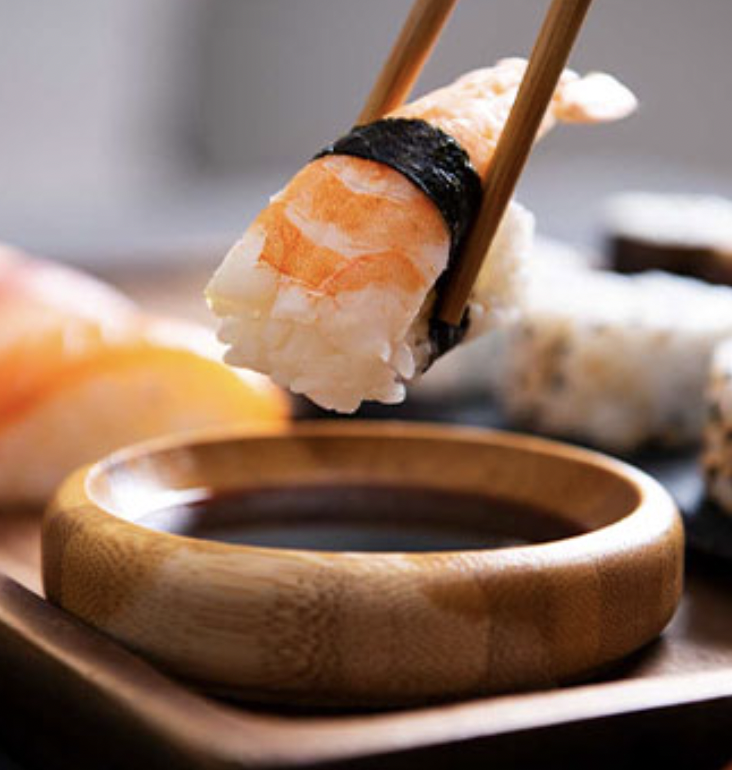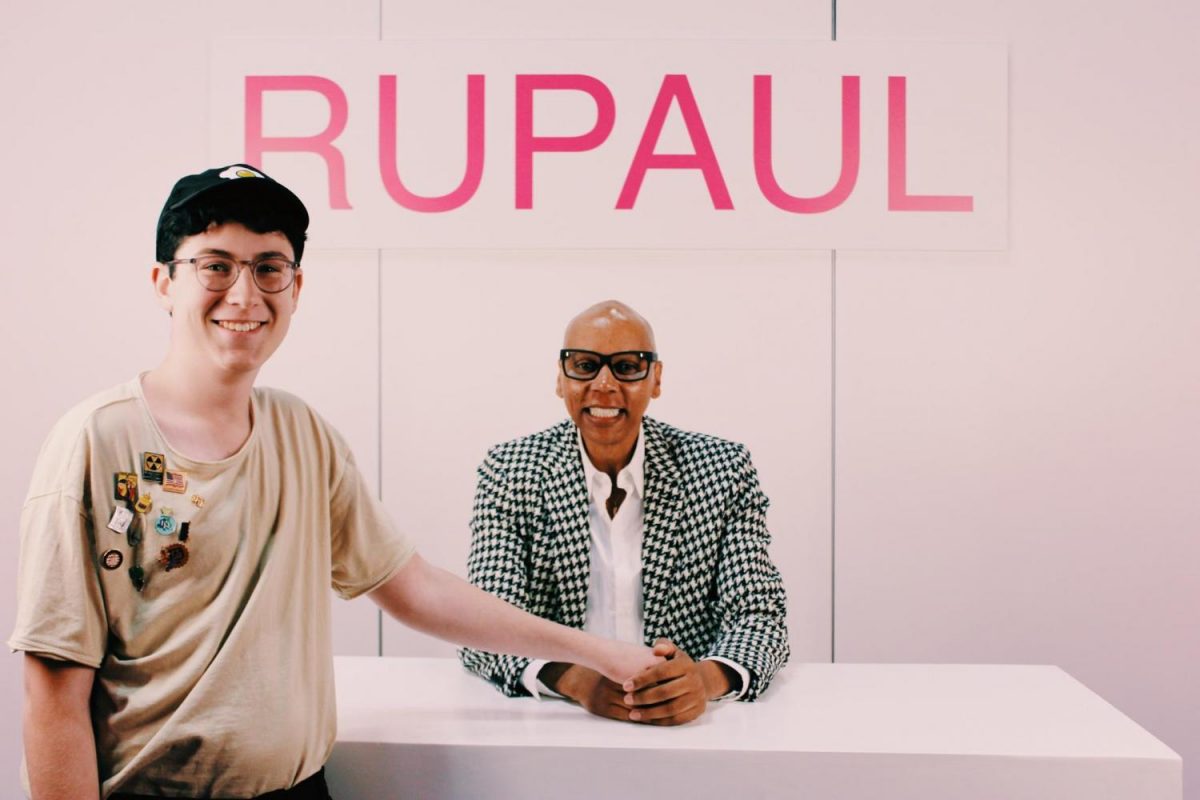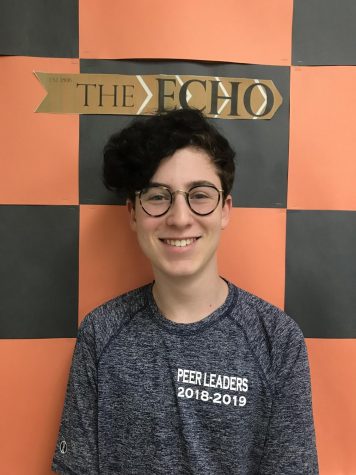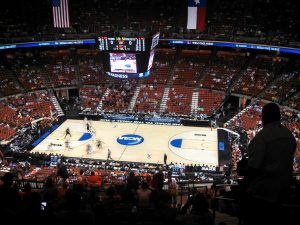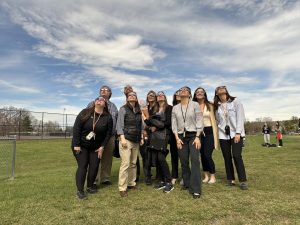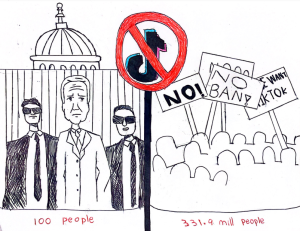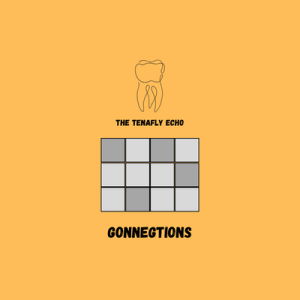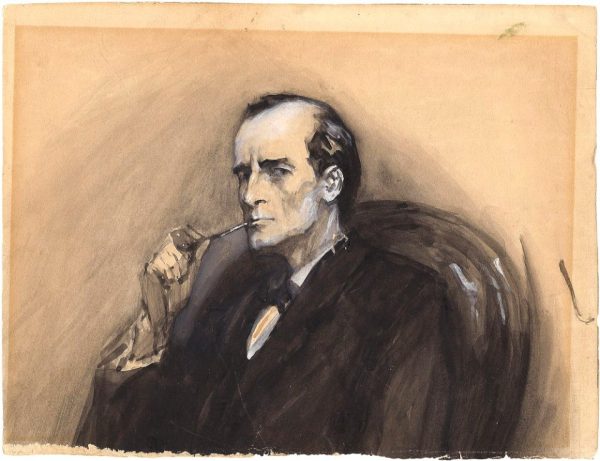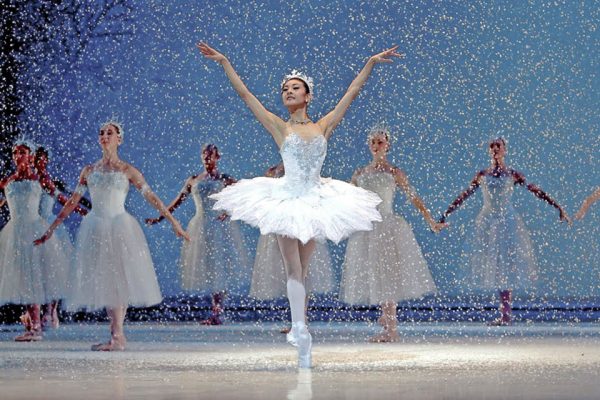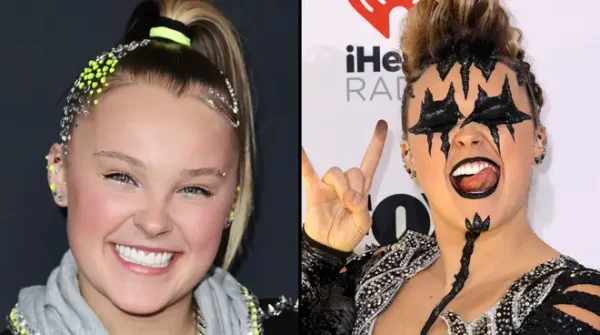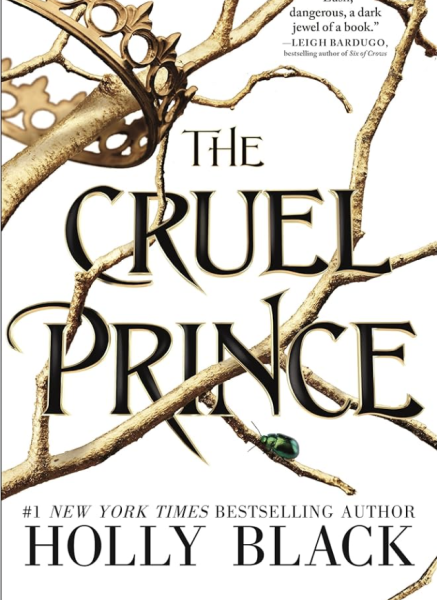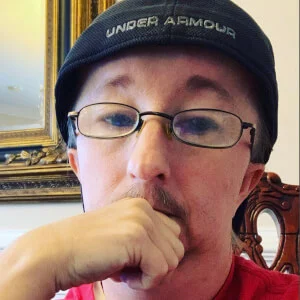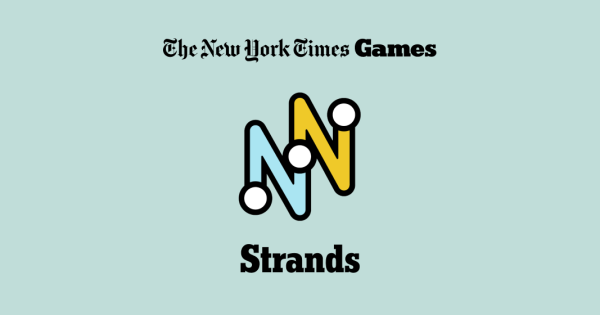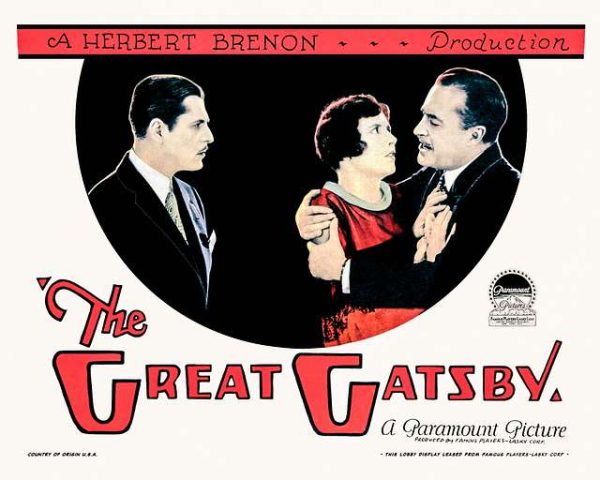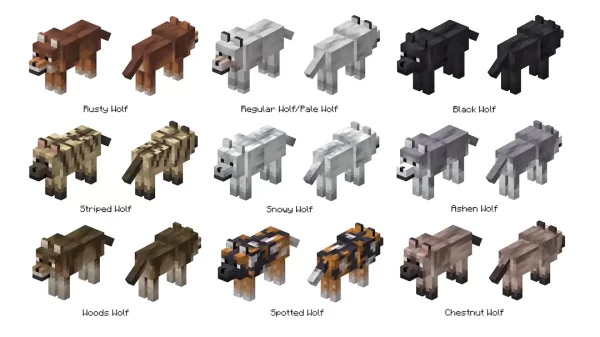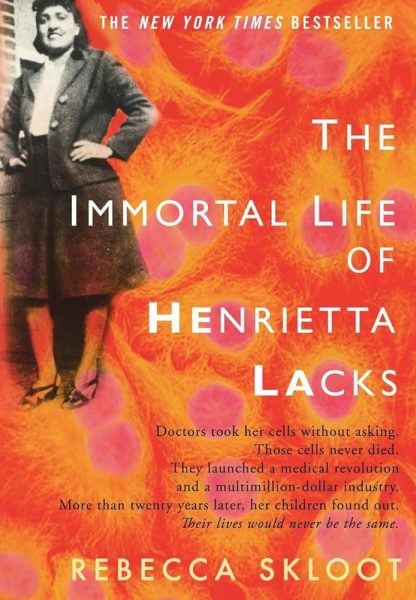The Rise of the Supermodel of the World: A Look into the Career of RuPaul
October 5, 2017
In 1993 RuPaul Andre Charles broke through into mainstream media, coining the now iconic line “You Better Work.” This was the first time many people had been exposed to drag and drag culture, shocking many. Last month, I attended the first ever RuPaul’s Dragcon NYC. While waiting online to meet some of the 113 alumni from the hit television show RuPaul’s Drag Race, I had to take a moment to step back and realize what his empire has become over these past 25 years.
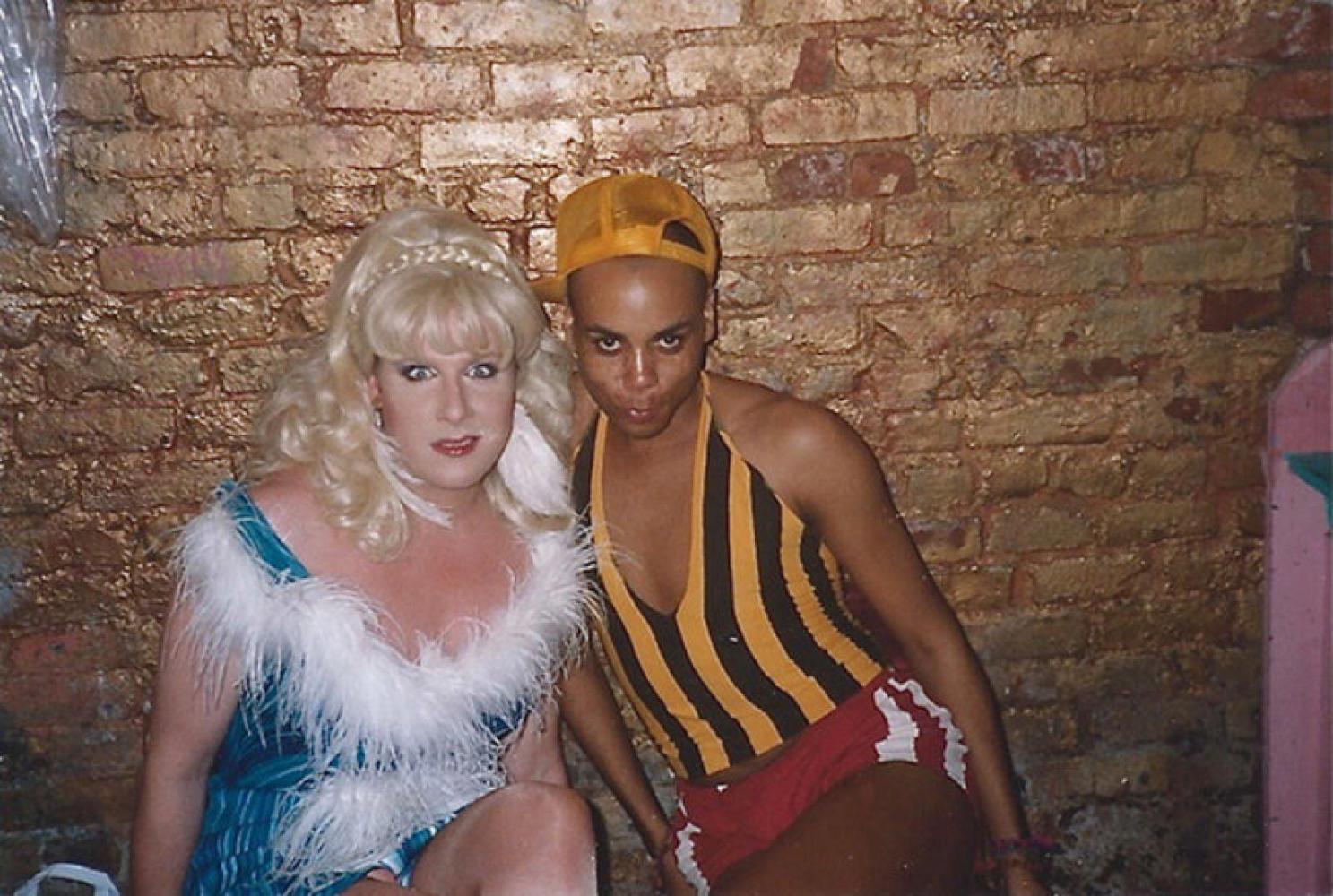
RuPaul Andre Charles was born on November 17th, 1960 in San Diego. He grew up in the Brewster home family projects. Then at the age of 15, he and his sister moved out to Atlanta, Georgia to study performing arts. While there, RuPaul acquired his first taste of the nightlife scene and eventually met his soon-to-be longtime friend Lady Bunny. Soon, he and Lady Bunny packed up their stuff and moved to New York City, where they were quickly absorbed into the underground nightlife scene, becoming regular performers at Susanne Bartsch with other nightlife legends such as James St. James and Amanda Lepore. During this time, RuPaul was also doing small roles in many underground movies, the most notable being his role in Starbooty. In 1989, he made his first big breakthrough to mainstream media as a background dancer in The B-52’s music video for their song “Loveshack.”
In 1993 RuPaul’s career took off with his hit single “Supermodel (You Better Work).” The music video got an unexpectedly positive response, even being aired on MTV and debuting at number 45 on Billboard. During this time, RuPaul started an acting career, making cameos in movies and TV shows such as To Wong Foo, Sabrina The Teenage Witch, and The Brady Bunch. Along with his success in sitcom TV, he also had his own talk show on VH1, appropriately called The RuPaul Show. During his two-season run, RuPaul interviewed many celebrities, such as Diana Ross, Cher, Nirvana, and The Backstreet Boys, to name a few. At the same time he was also hosting a radio show with his longtime friend and former member of the girl group Seduction, Michelle Visage, where he would discuss more risqué topics.
After the success of his first album, the supermodel of the world returned to the studio to record his second album Foxy Lady. Although his status in celebrity was growing, he failed to chart the Billboard Hot 200 list with his first single “Snapshot.” Unlike his previous works, “Snapshot” failed to receive the mainstream success he had previously obtained, debuting at only 95 on the Billboard Hot 100. His main success came from his dance and club music, with it constantly on rotation in most gay clubs. During this time, RuPaul’s presence grew even larger in the LGBT community, leading him to perform in many pride parades and underground gay clubs. In 1977, RuPaul returned to the studio once more to record his third album, this time a Christmas album appropriately titled Ho Ho Ho. From the 1990s to the late 2000s, RuPaul took his music career more seriously, releasing three more albums to add to his discography.
In 2009 RuPaul’s Drag Race premiered its first season on Logo TV. Season one featured eight drag queens from across America and Puerto Rico, and had them participate in week by week challenges that could be anything from acting, to dancing, to singing, and even to making their own costumes. During its first season, RuPaul was accompanied by fellow guest judges Santino Rice, a former Project Runway contestant, and Merle Ginsberg. At the end of the first season, RuPaul had crowned the first America’s drag superstar, Bebe Zahara Benet, and had revamped the RuPaul Legacy.
After the minor success of the first season of Drag Race, RuPaul hit the studios again and released his seventh album Champion, which debuted at number 12 on the dance/electronic chart and featured what became Drag Race classics such as “Jealous of My Boogie,” “Covergirl,” and the title track “Champion.” After Drag Race entered its third season, Merle Ginsberg departed from the show and was replaced by Ru’s longtime friend and former radio show co-host Michelle Visage. Since 2009 Drag Race has amassed a large viewing and become a popular topic of conversation on social media. As Drag Race enters its tenth season and third all-stars season, the show has received three Emmys along with eight nominations, and has started to take a stand in mainstream media.
Drag Race, in recent years, has started breaking through more and more into mainstream media through very subtle references. Since the second season of the show, there has been a challenge every year called The Snatch Game, a parody of the hit 70’s game show The Match Game. Coincidentally enough, in 2016 the match game made its way back onto prime time television, now airing on ABC. Every season of Drag Race, the contestants share personal stories about certain trials and tribulations they experienced growing up gay. In this past season, 52-year-old contestant, Charlie Hides, opened up about living through the AIDS epidemic and witnessing some of her best friends pass away right before her eyes. Other contestants, such as Sasha Velour and Valentina, opened up about their longtime struggles with eating disorders and how they’ve become stronger people because of it.
To further look into the cultural impact Drag Race has had on mainstream media, I talked to one longtime fan of the show, Kate Correa, and one recent fan of the show, Sydney Lerner, both of whom were attendees at DragCon NYC. “The Drag Race empire has grown so much since the show first started,” said Correa. “I think it introduced this world of nightlife and drag queens to common people and allows anyone to gain a peak into their unique world. It’s not just a show or brand for LGBTQ+ people to enjoy. It’s truly everyone and has given these drag queens a way to gain public interest and a following.” … he created a community where people can feel very open to express themselves in ways that were never really accepted before — Sydney Lerner ('18)
Because of the exposure RuPaul has given many drag performers from around the country, he has allowed them to break through into mainstream even more, having some perform on Saturday Night Live with Katy Perry, walk in New York Fashion Week, and even go on to to make feature-length films. “It’s definitely very inspiring. If you look back on his entire career timeline, you can see he never intended to reach this level of superstardom he did,” said Lerner. “He didn’t expect for it to happen but was always striving for it, which is definitely really inspiring because he created a community where people can feel very open to express themselves in ways that were never really accepted before.”
RuPaul’s Drag Race is only starting to grow, and as it continues to gain more mainstream media exposure, drag as an art form will start to hold a level of legitimacy and not something to be seen as more than a cheap gag.

